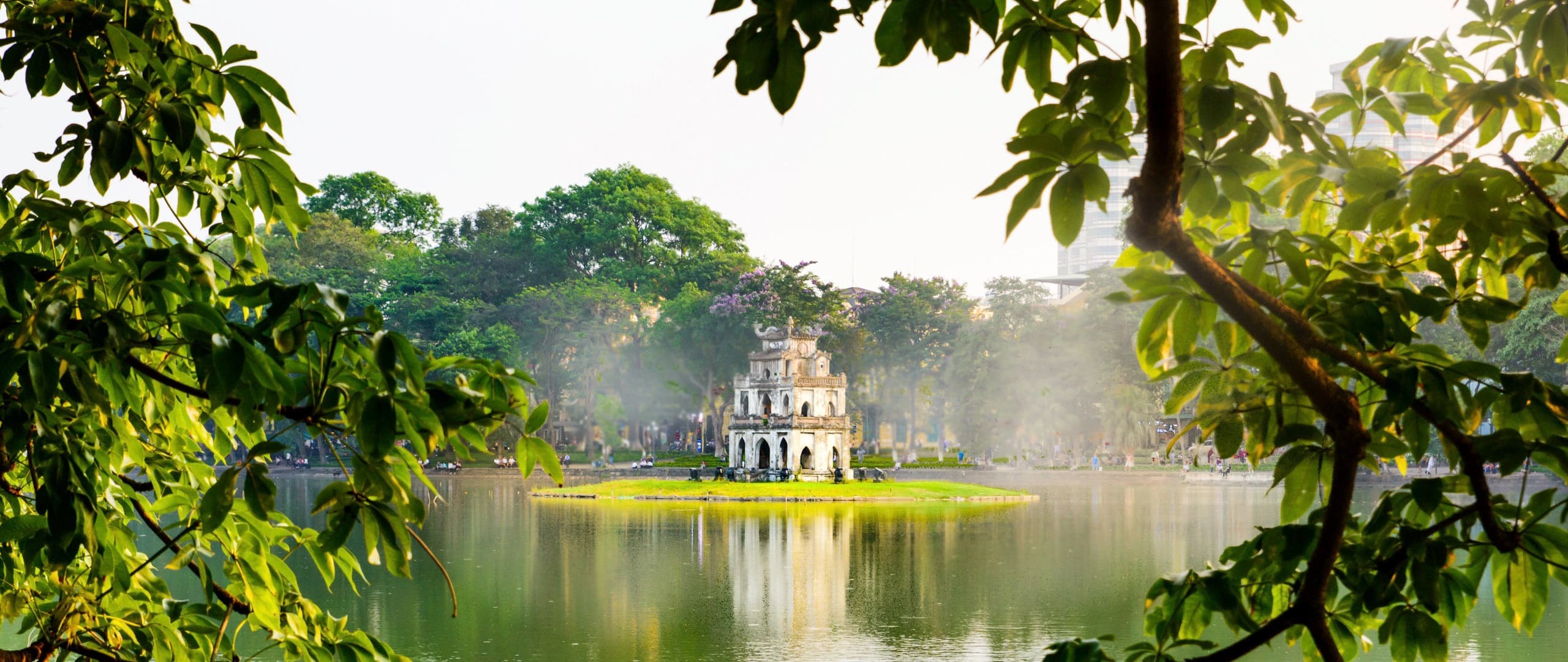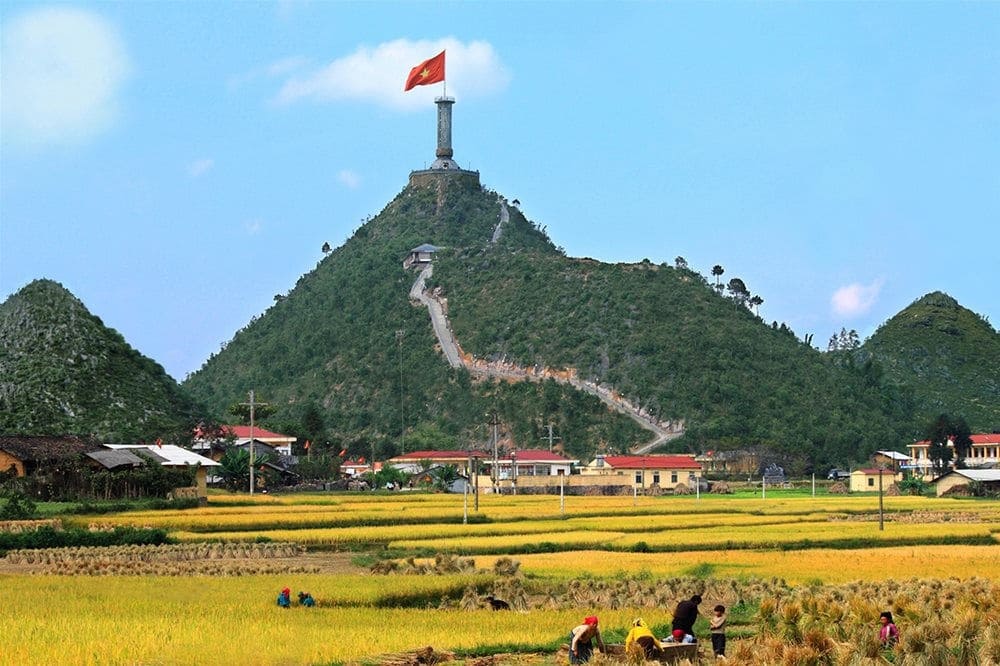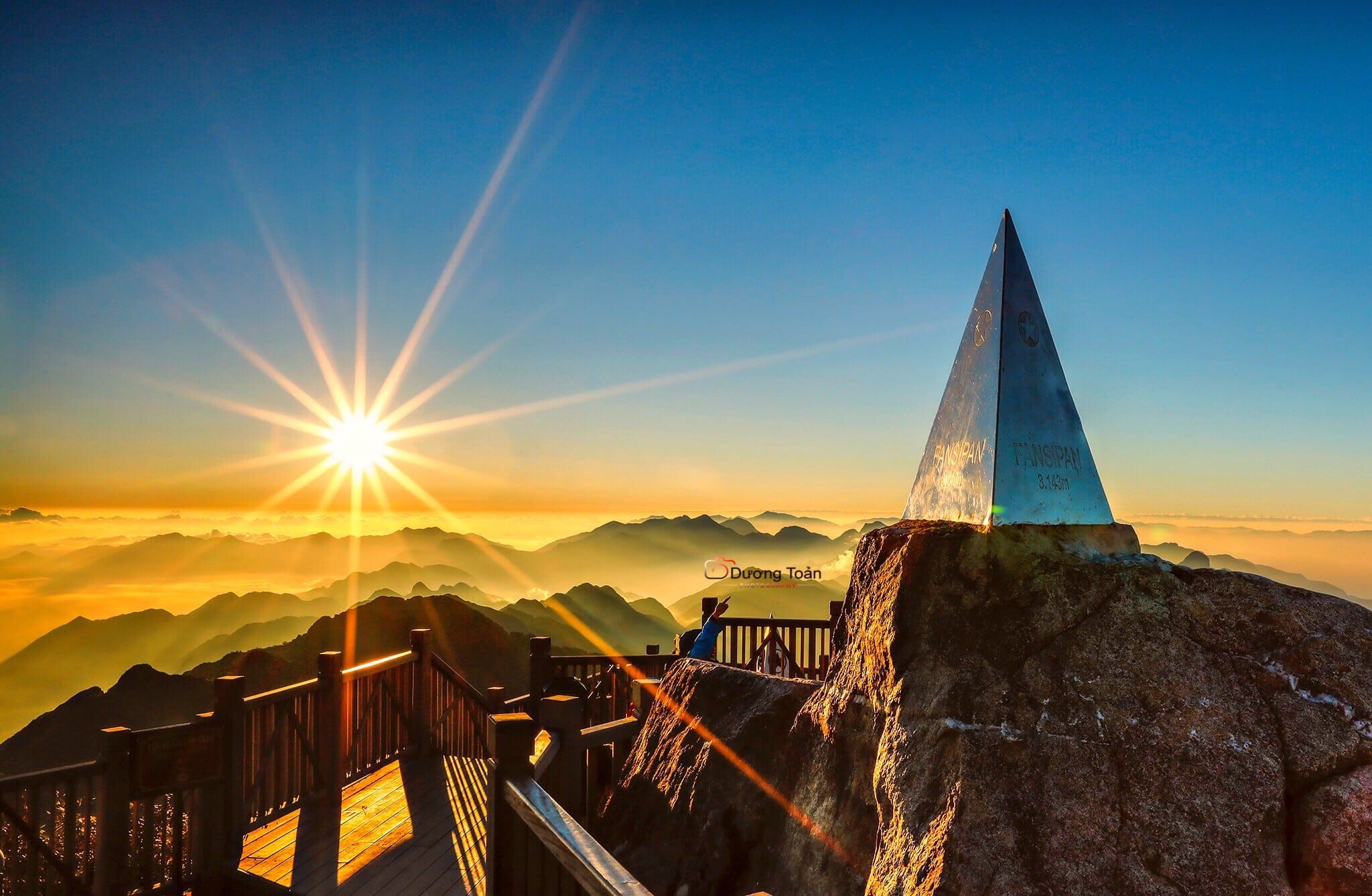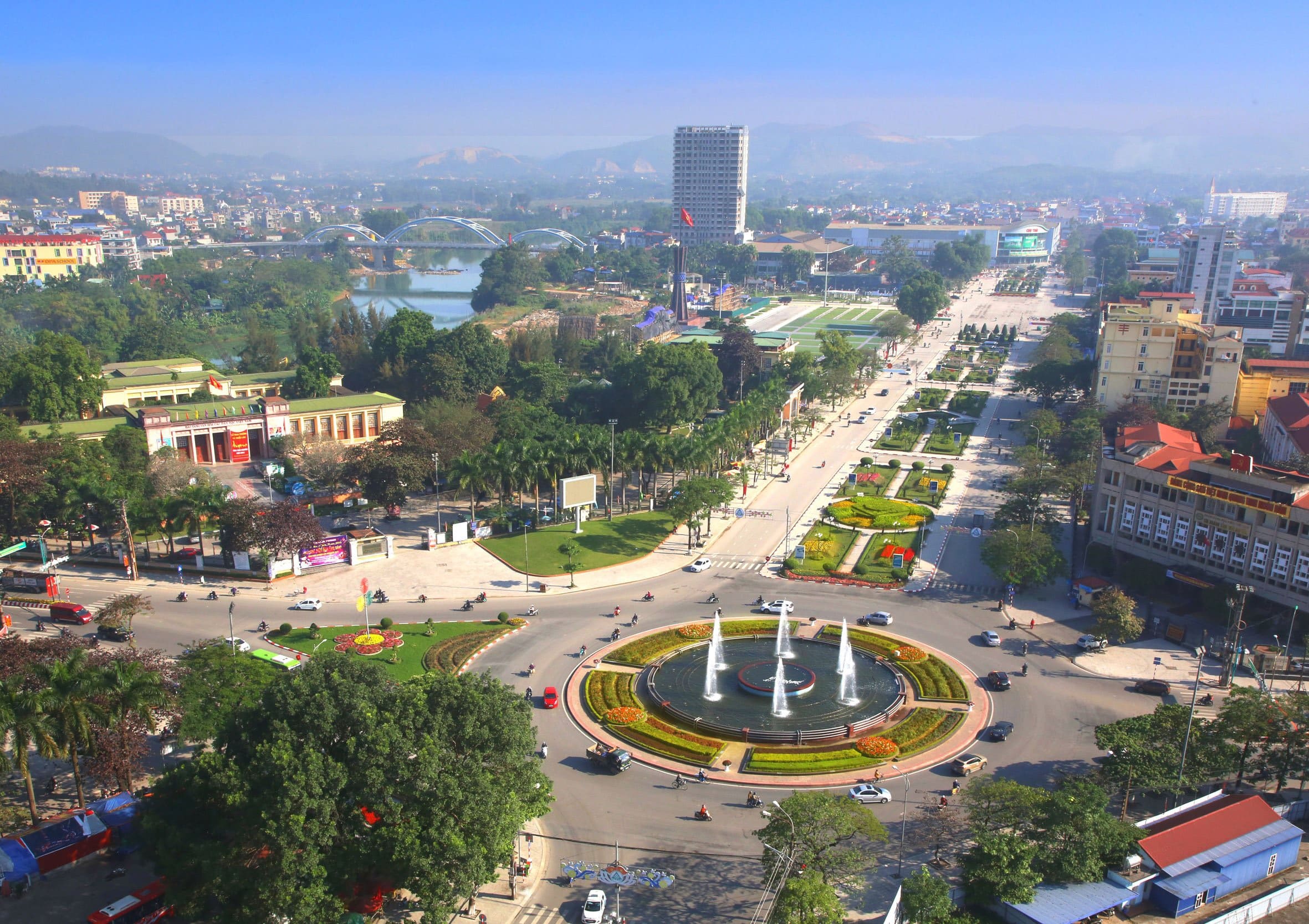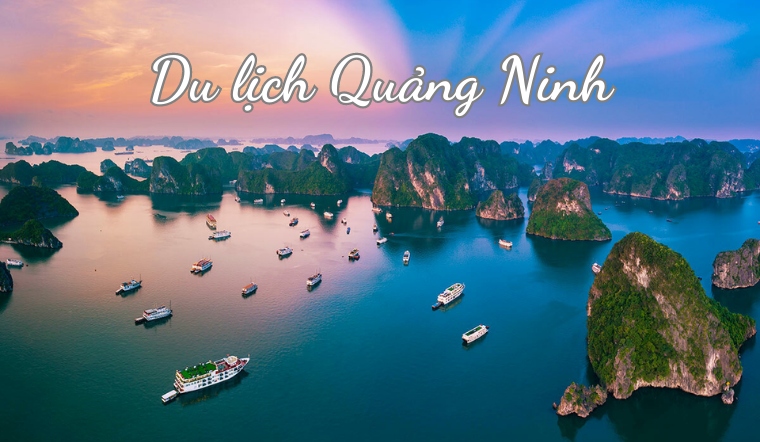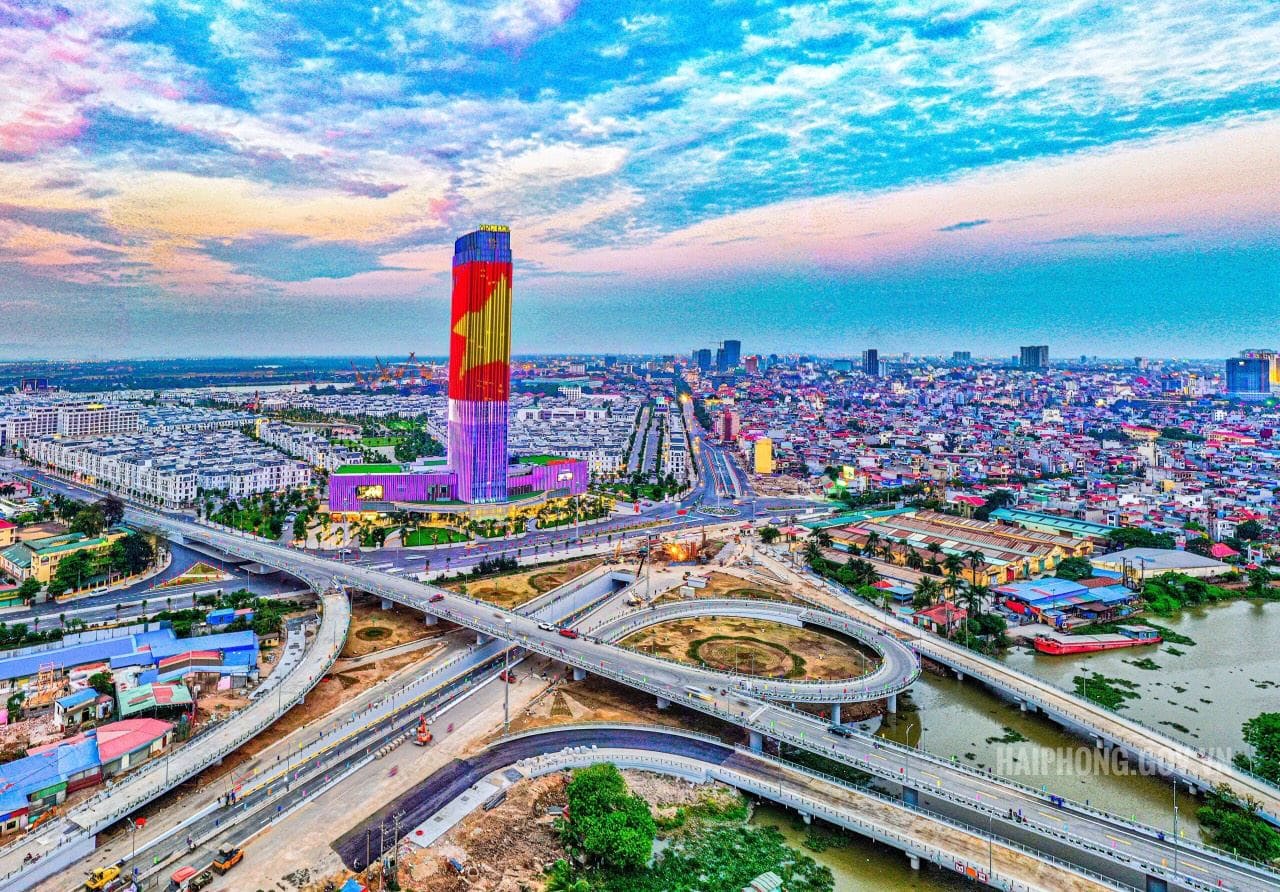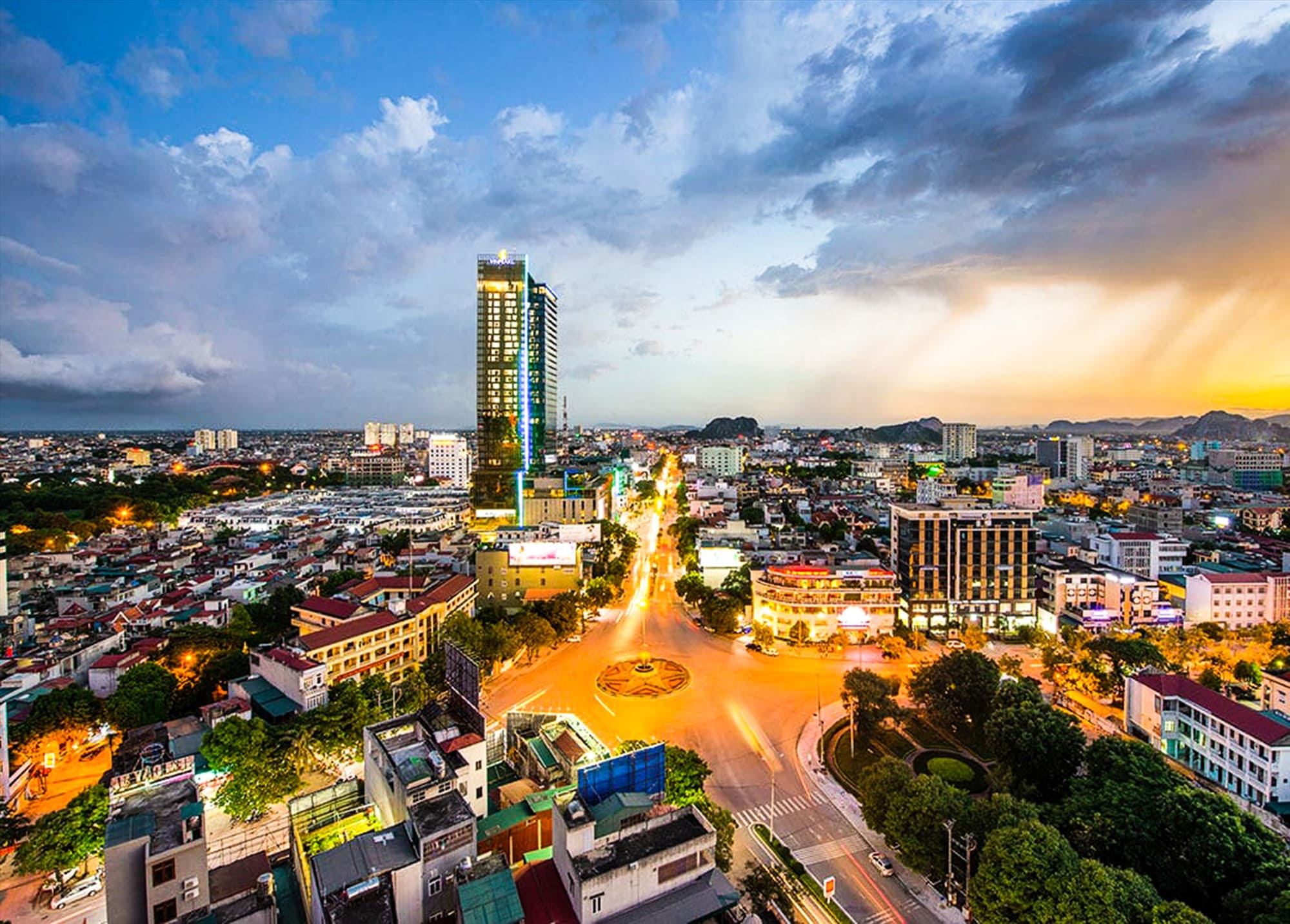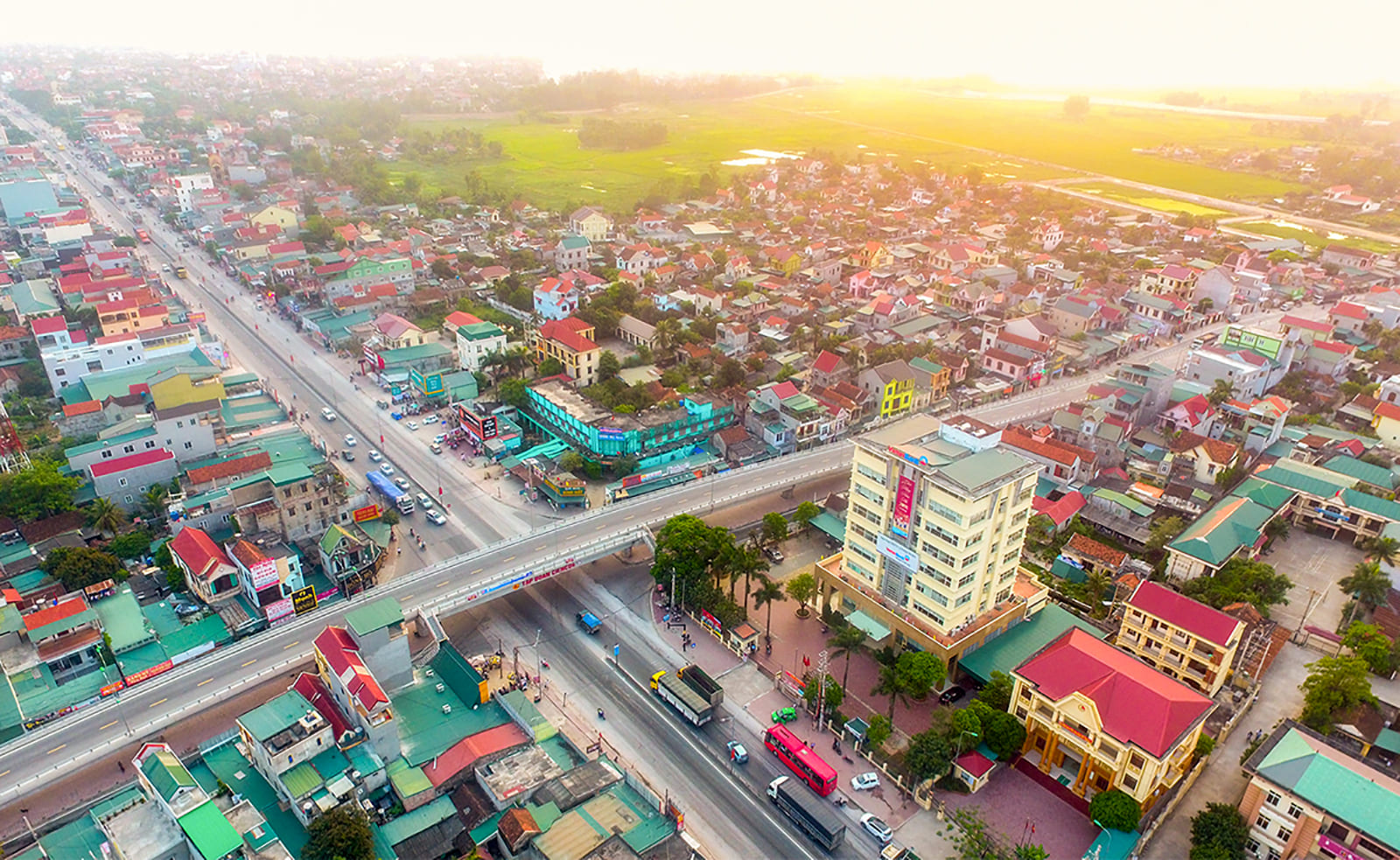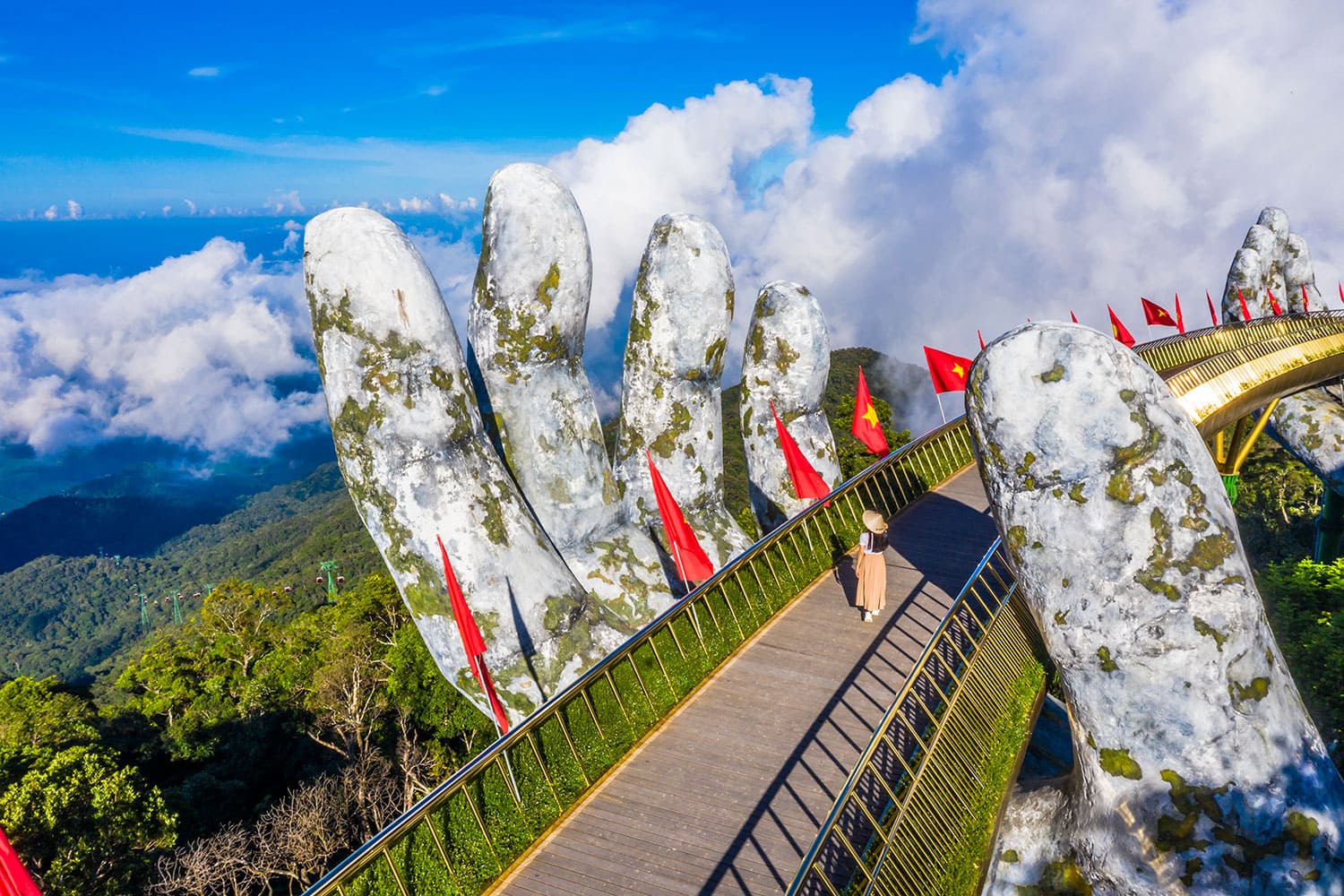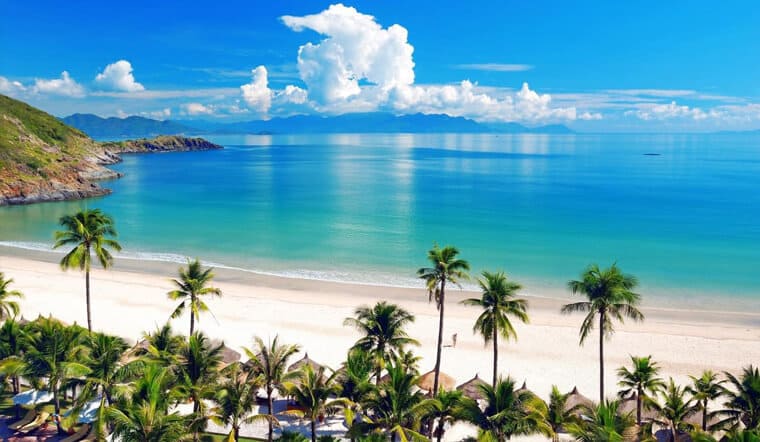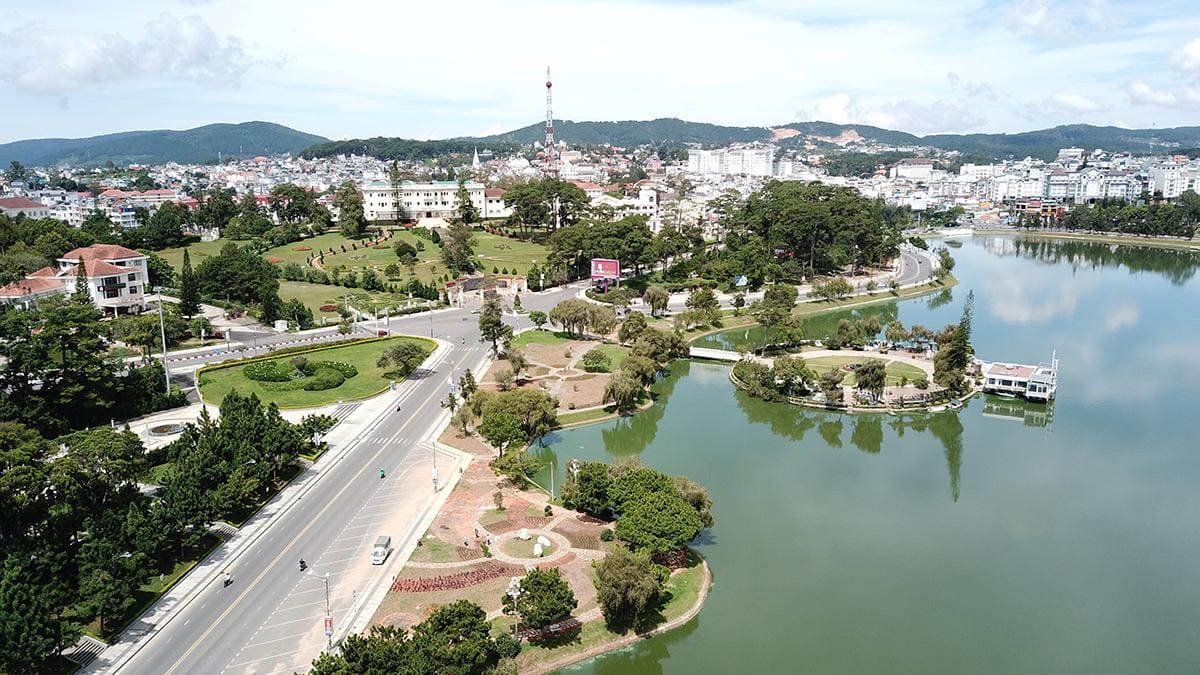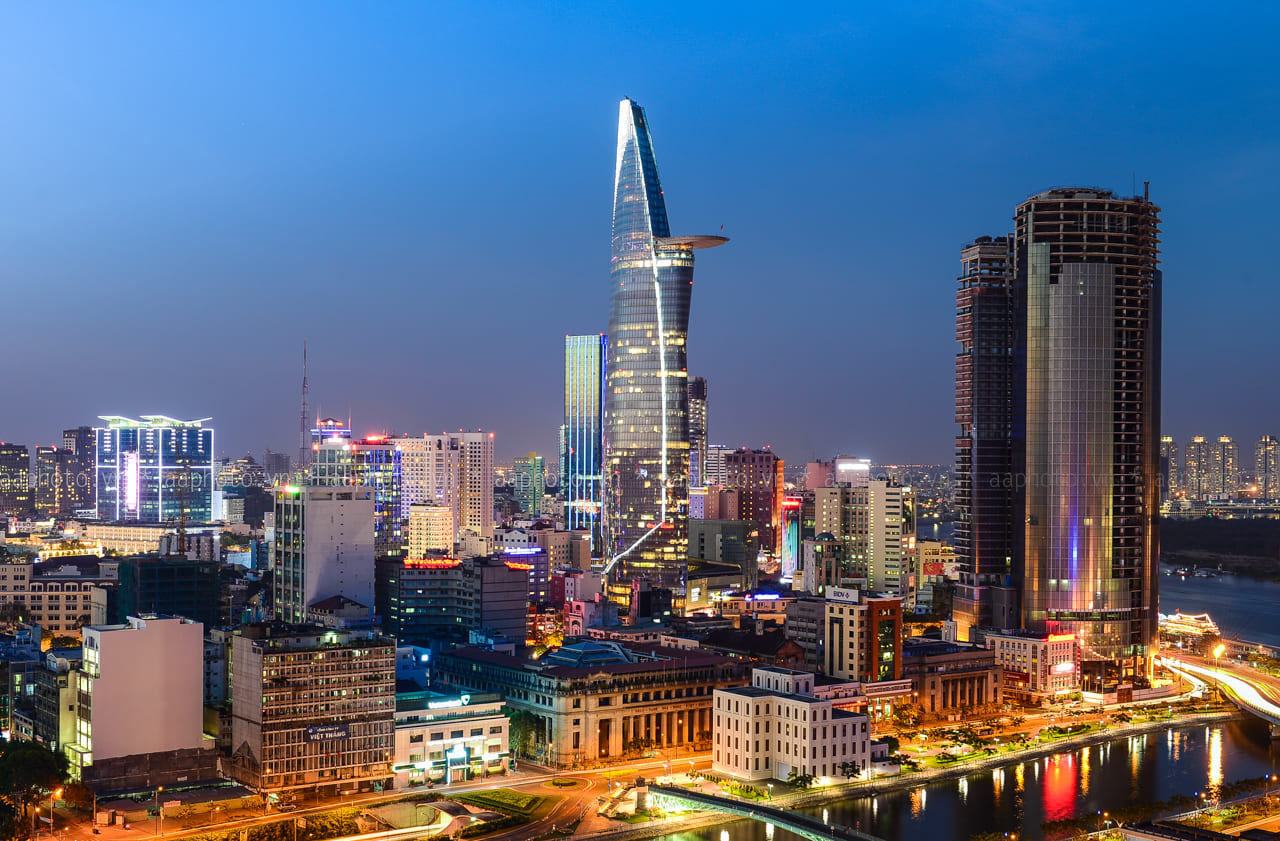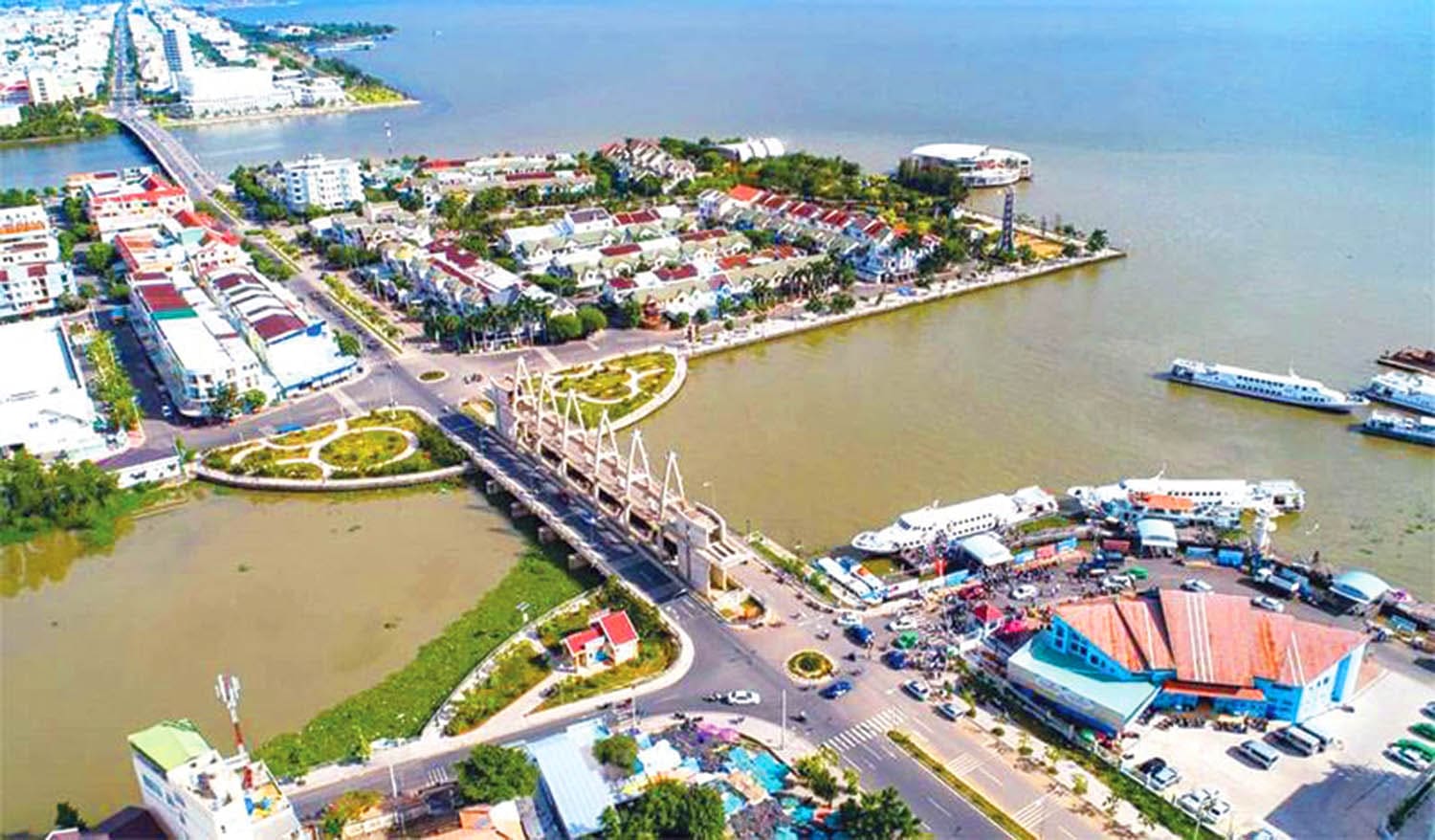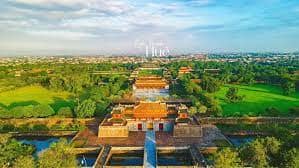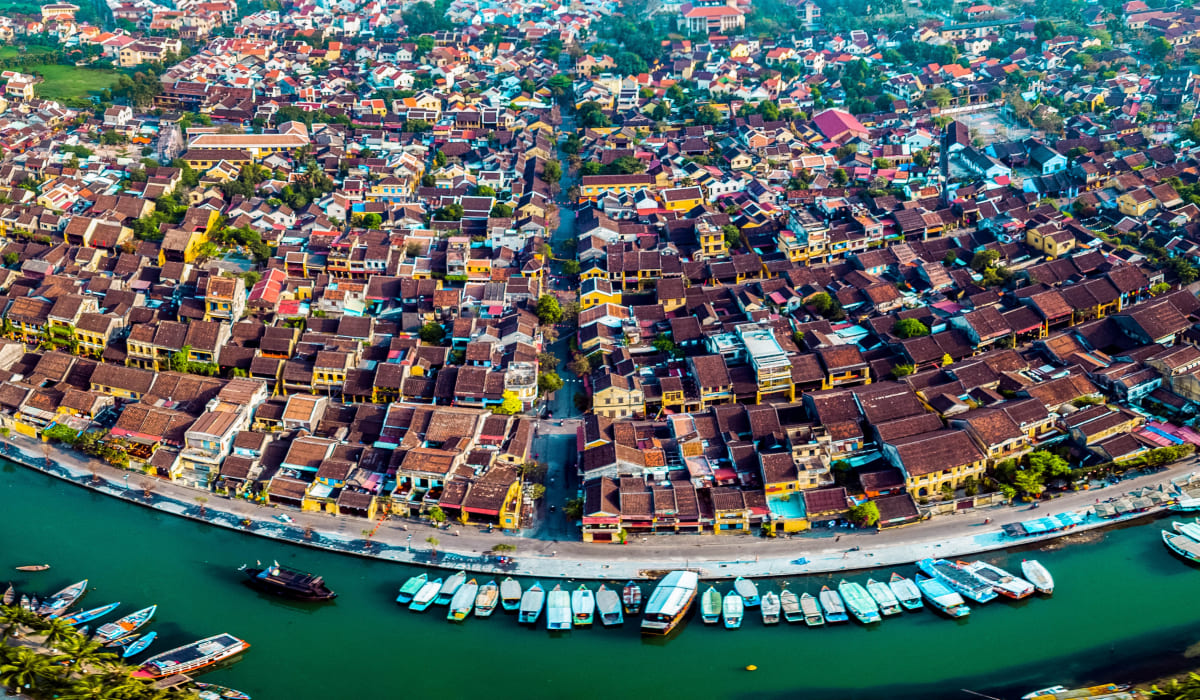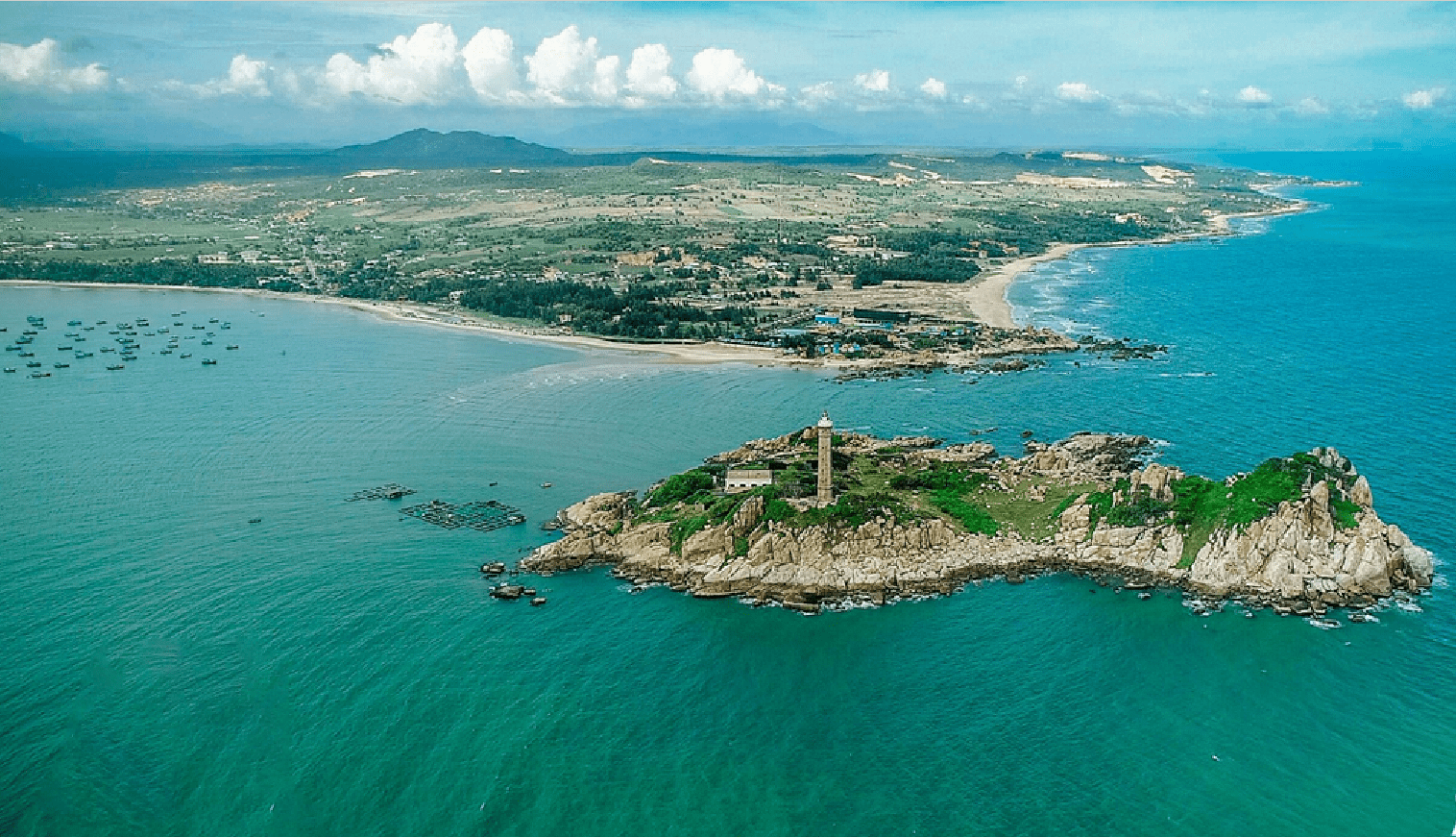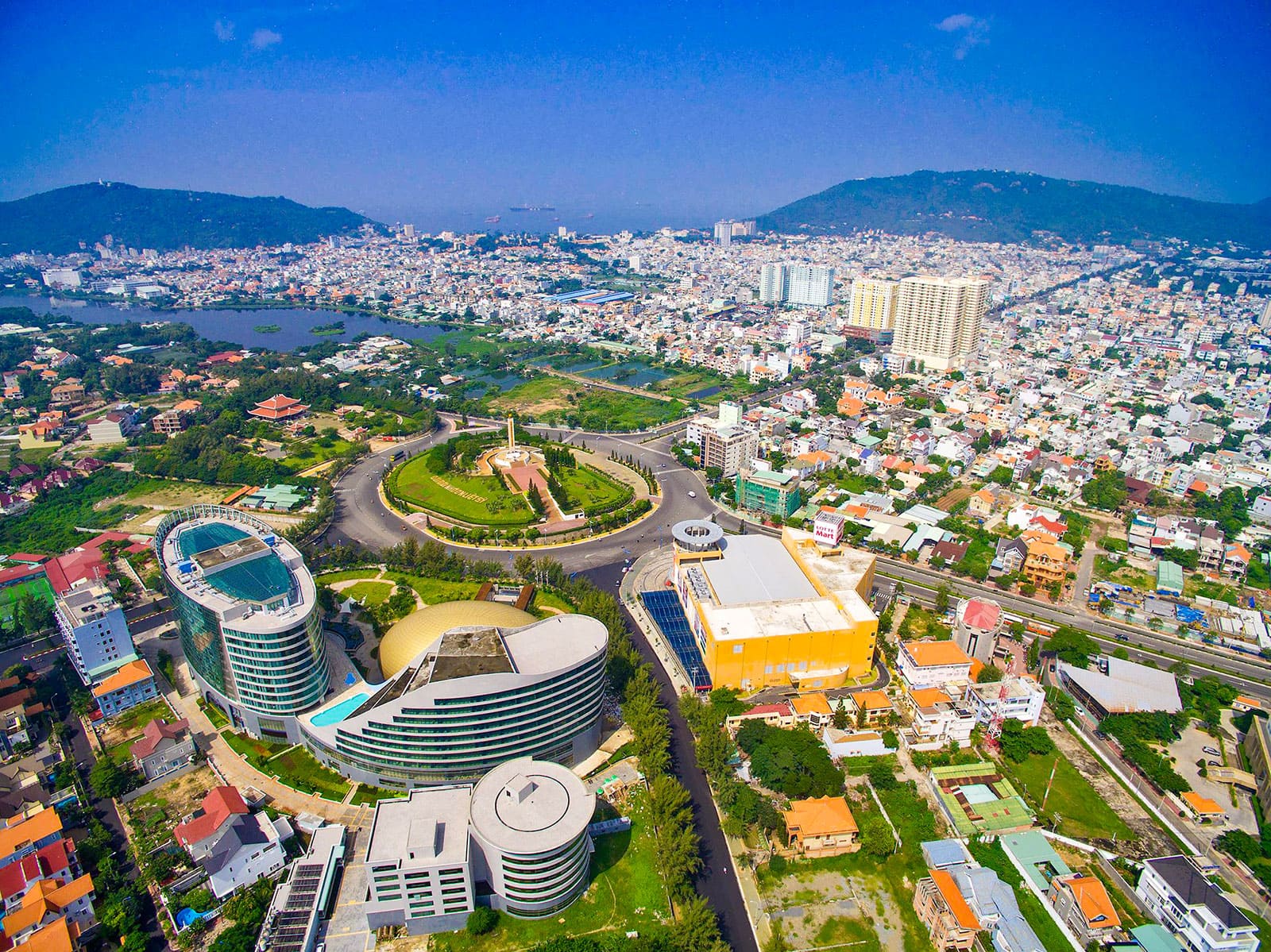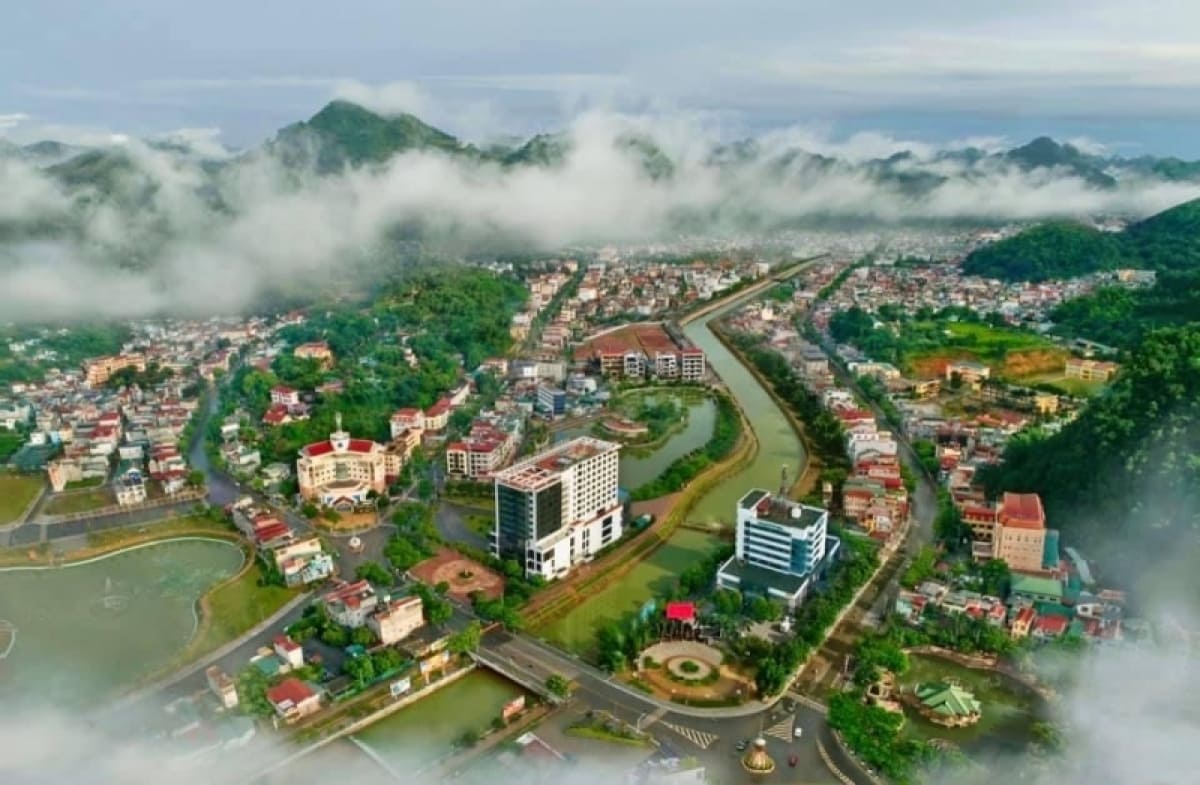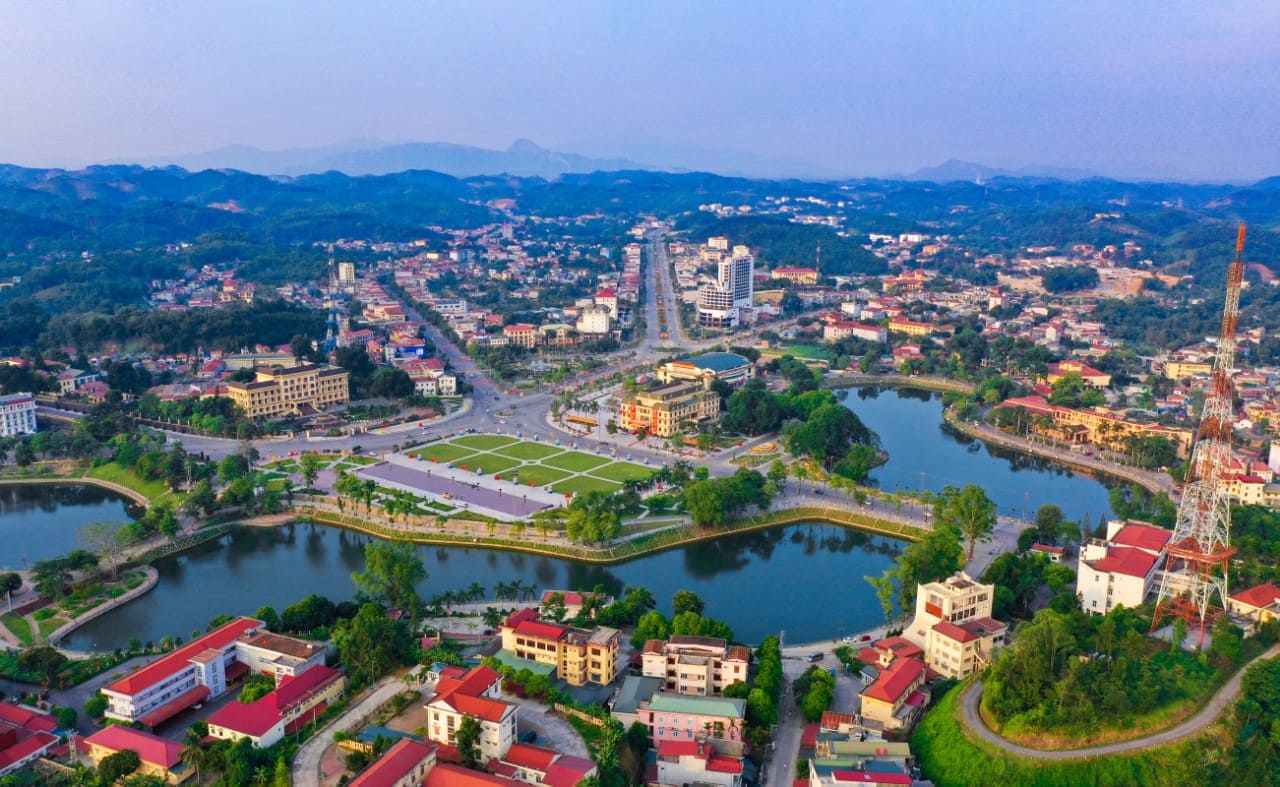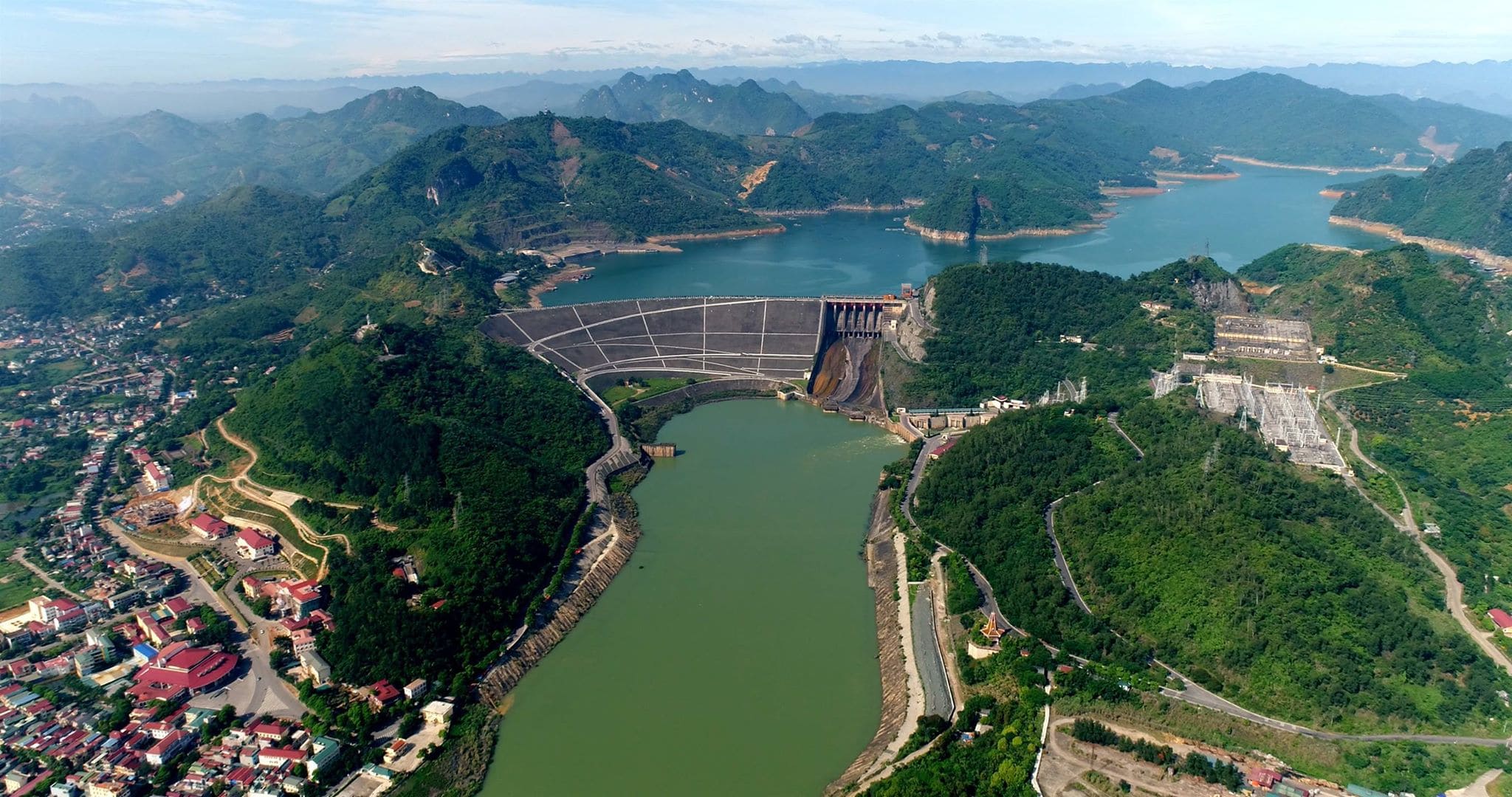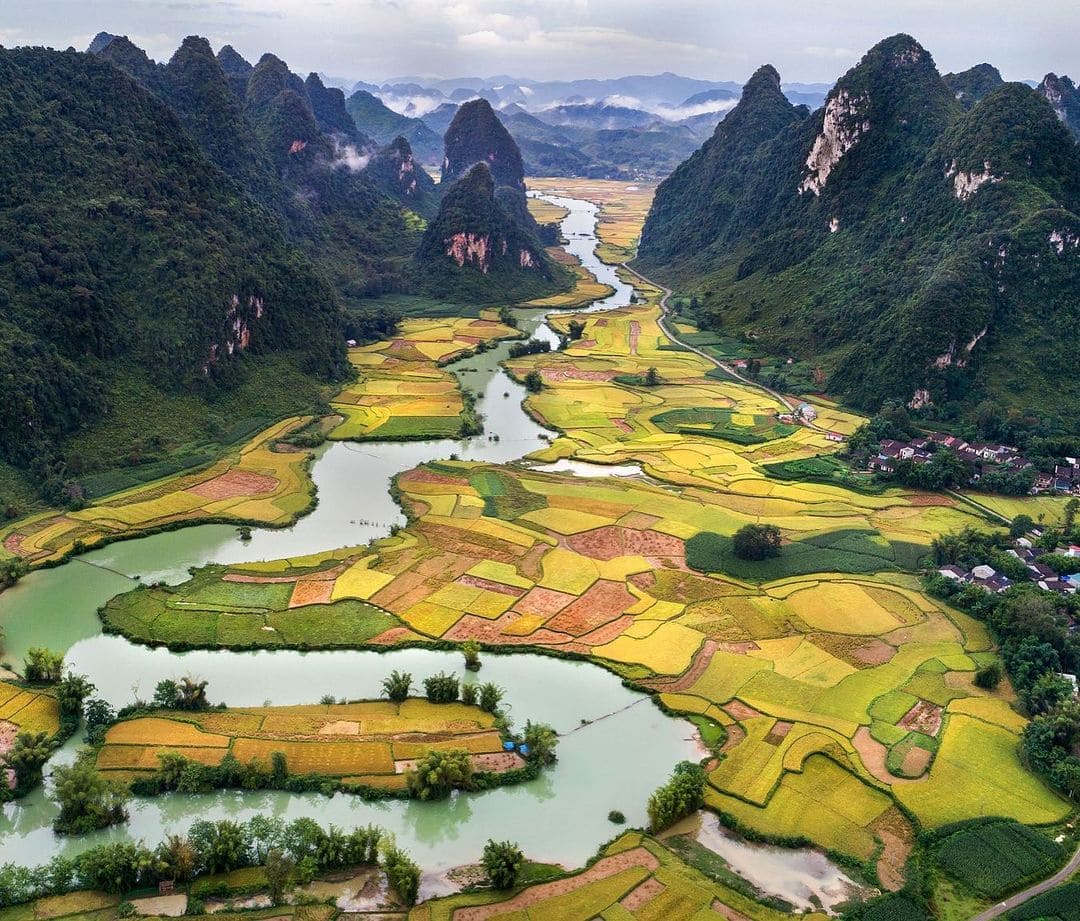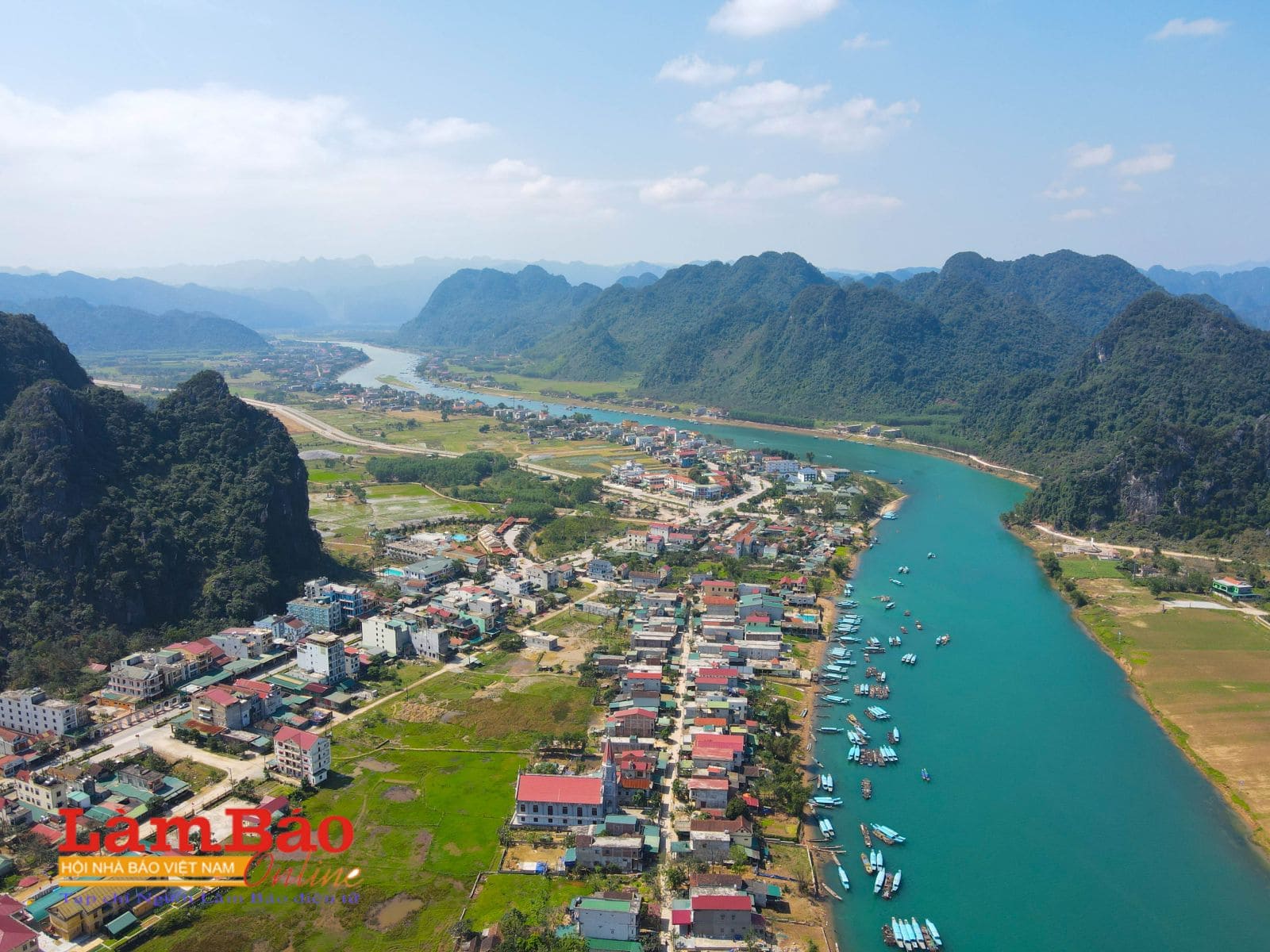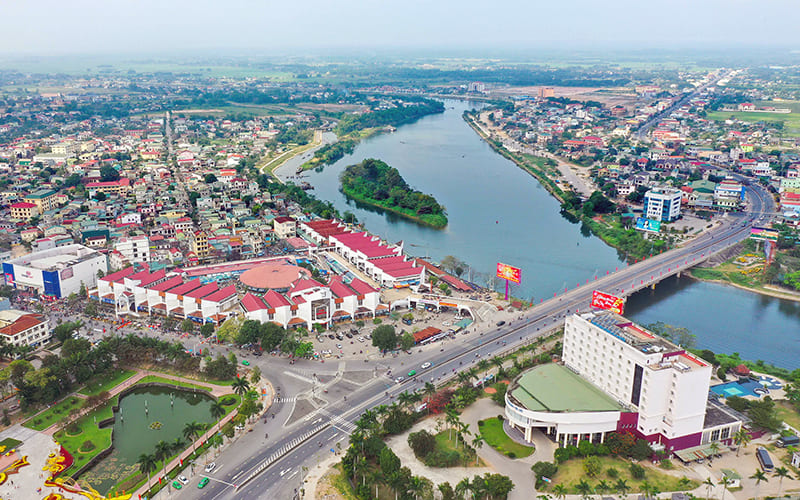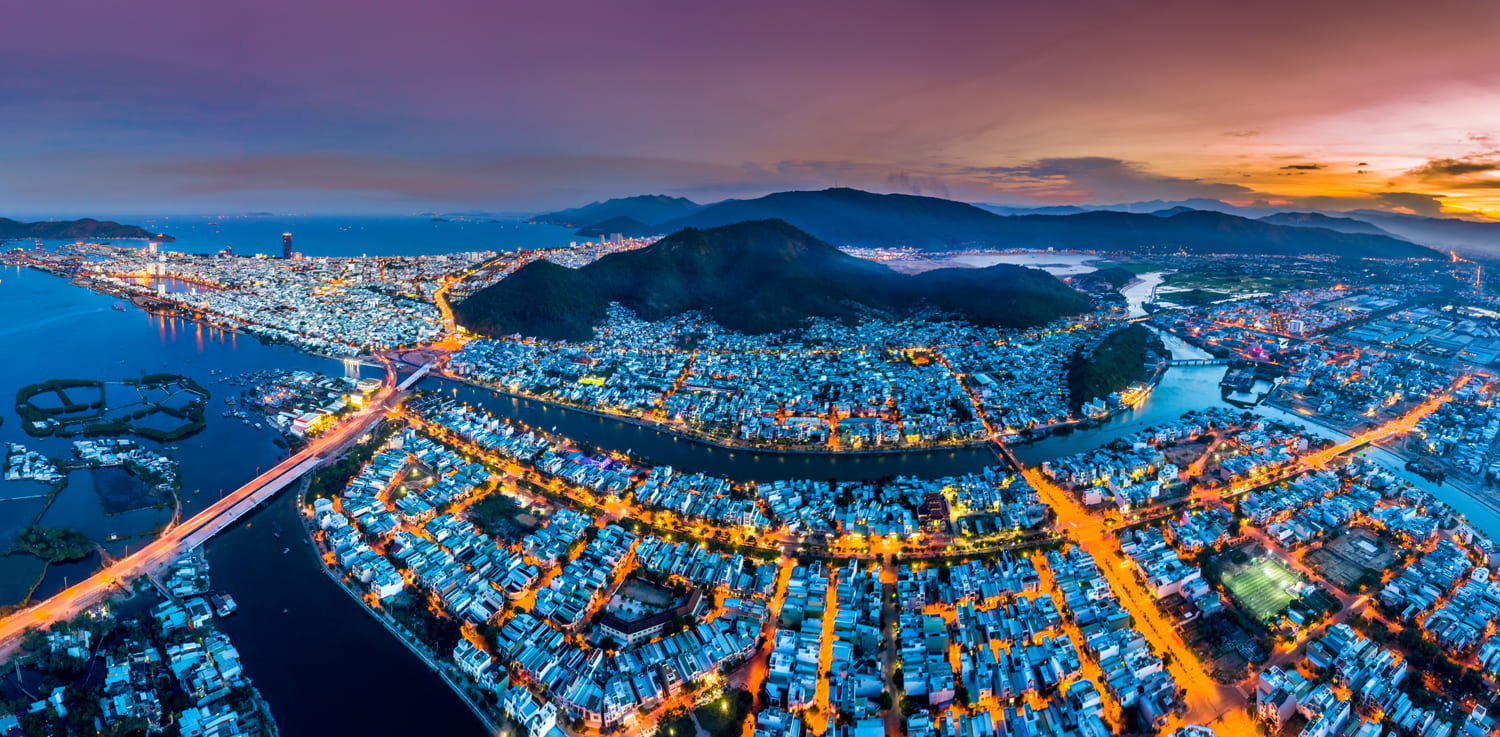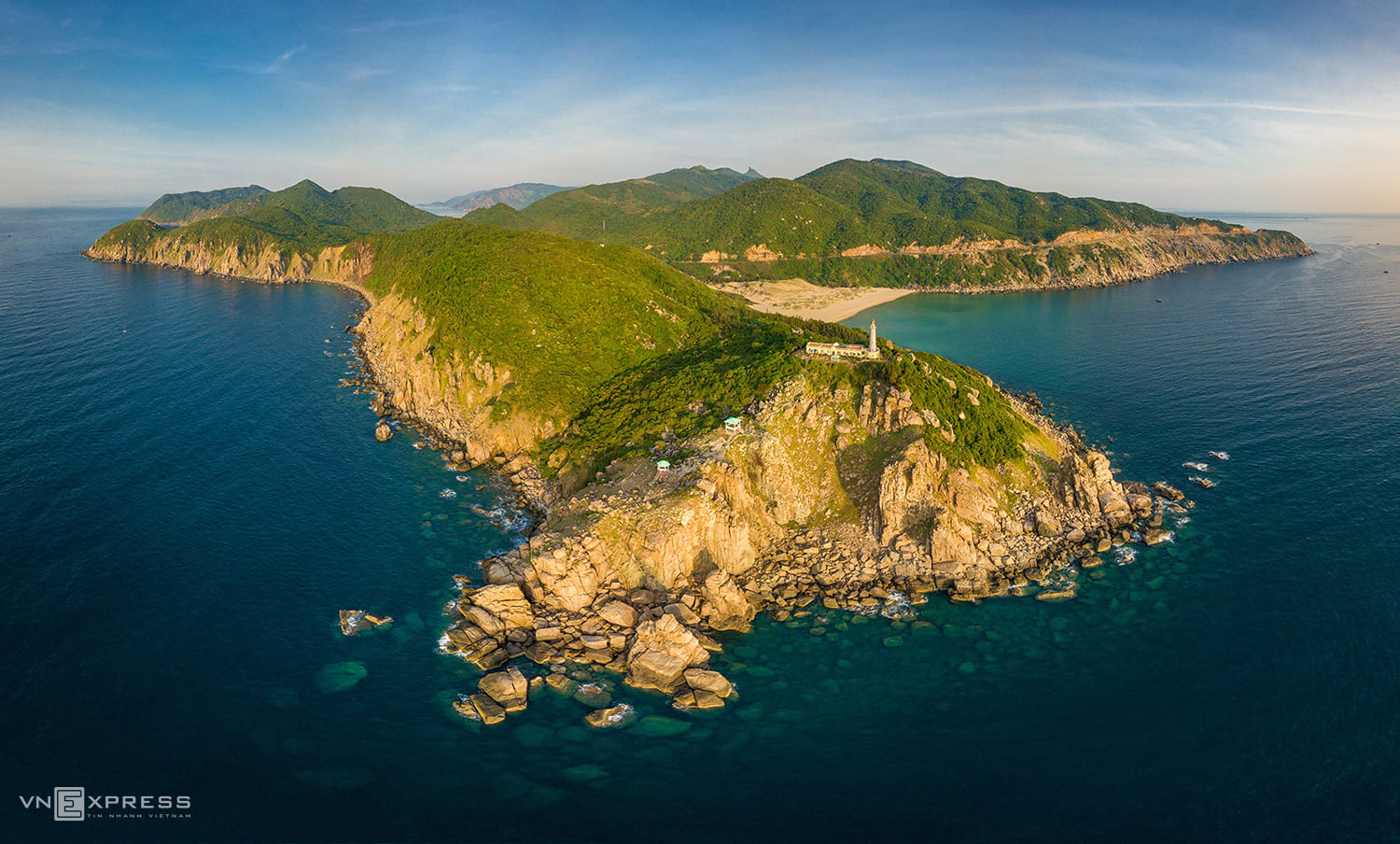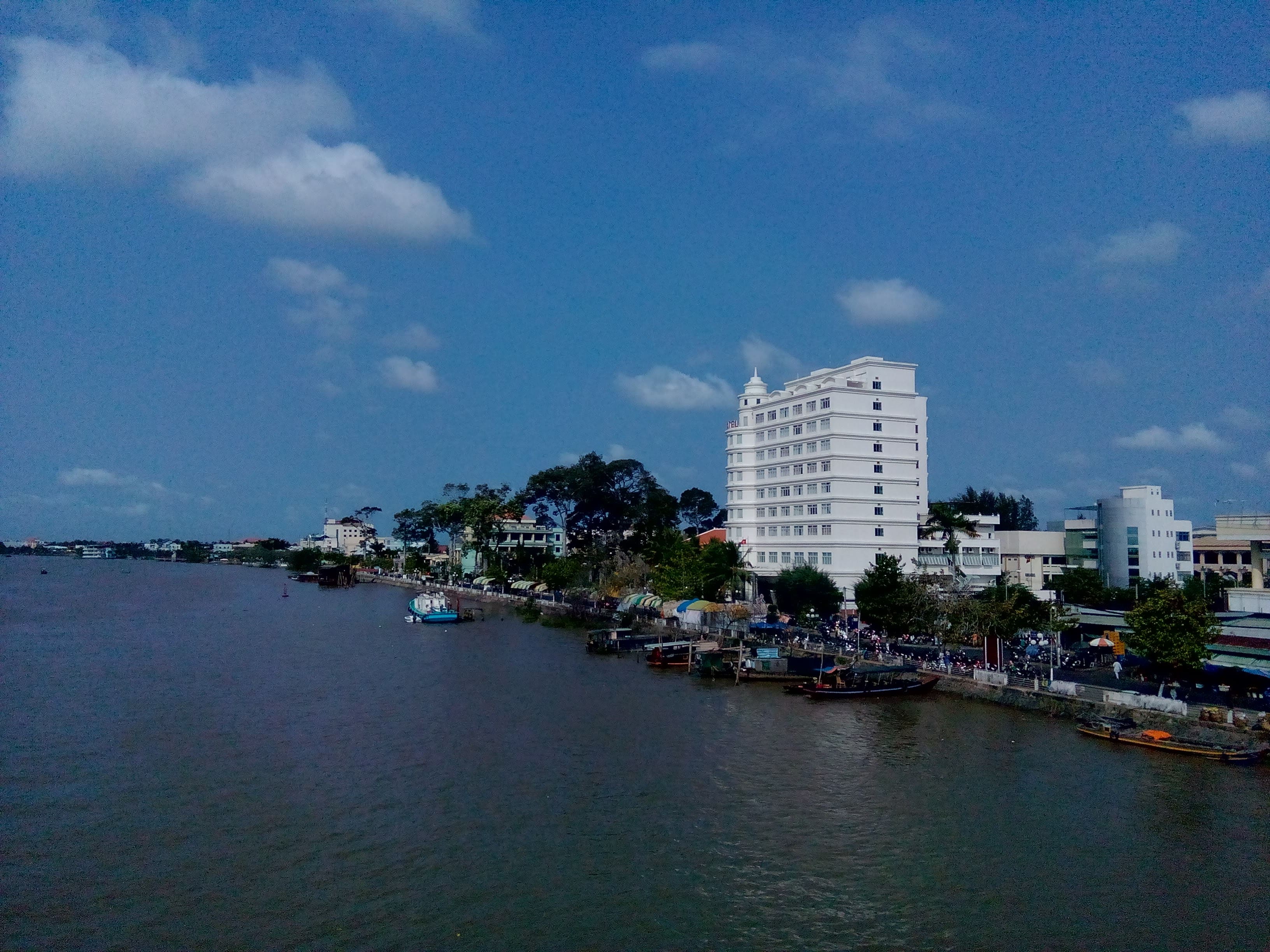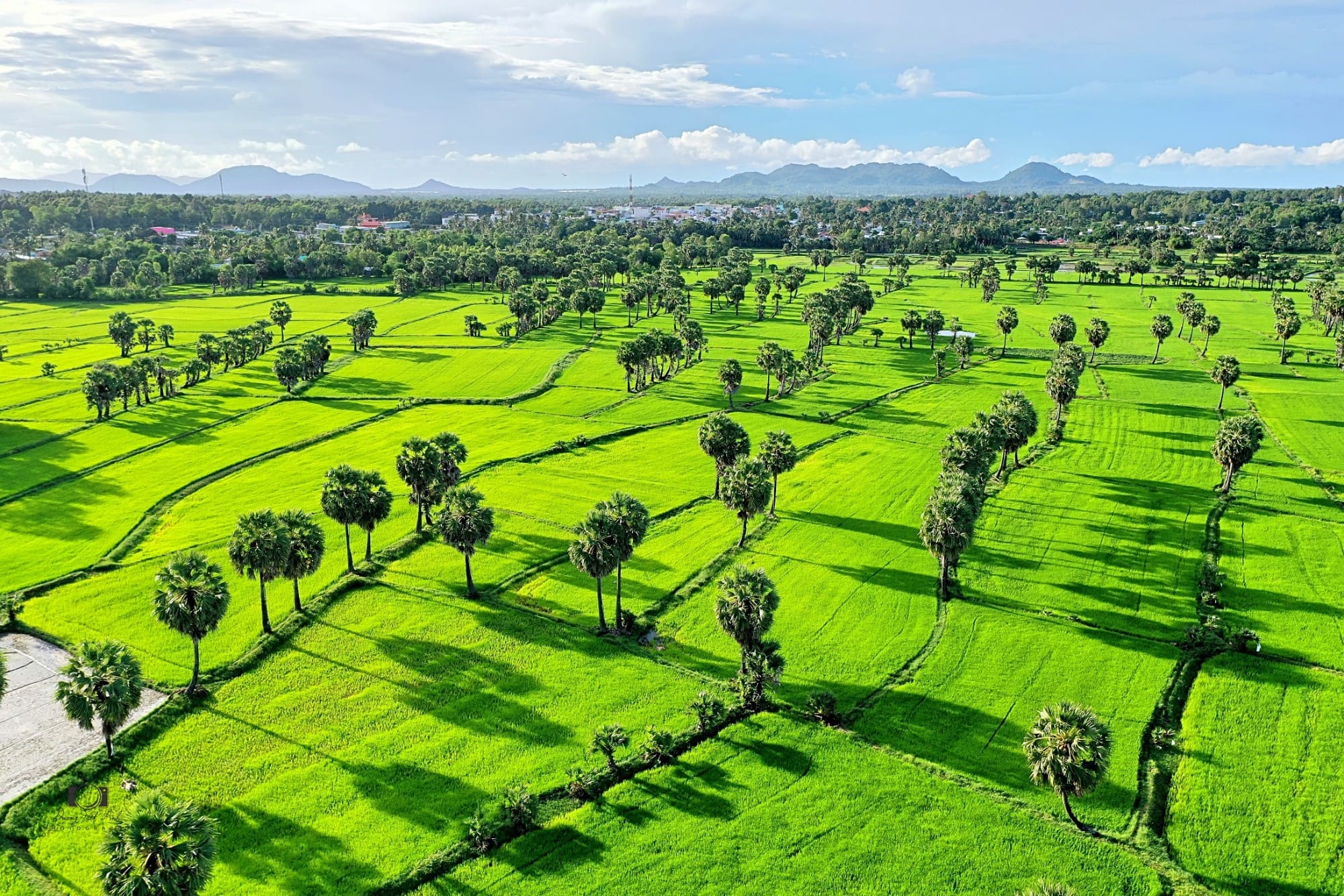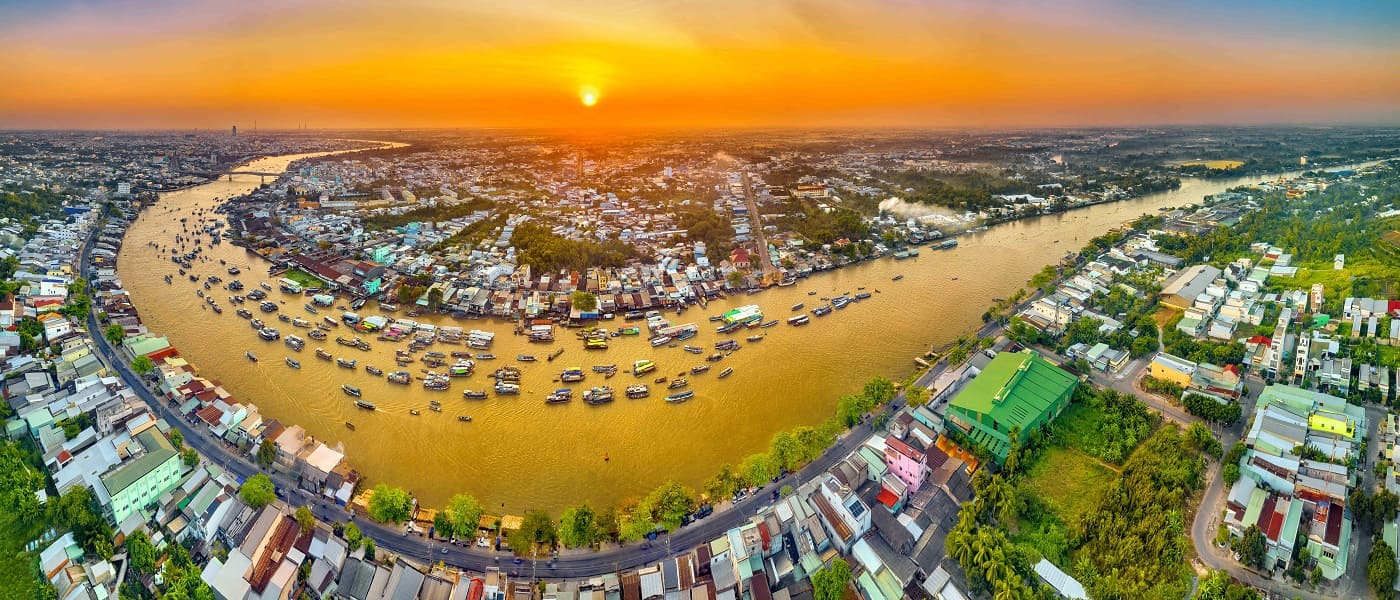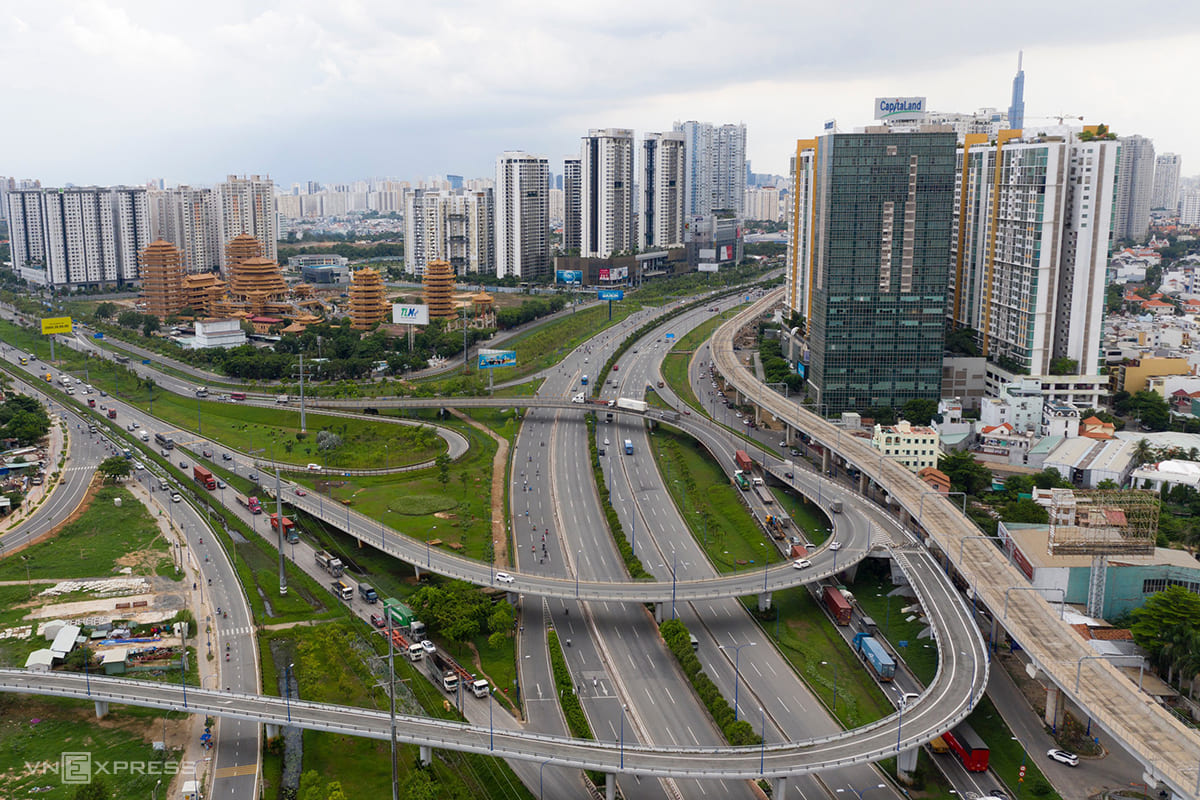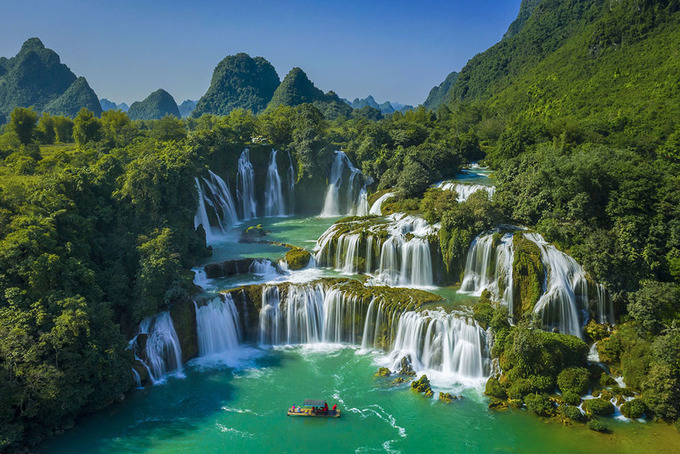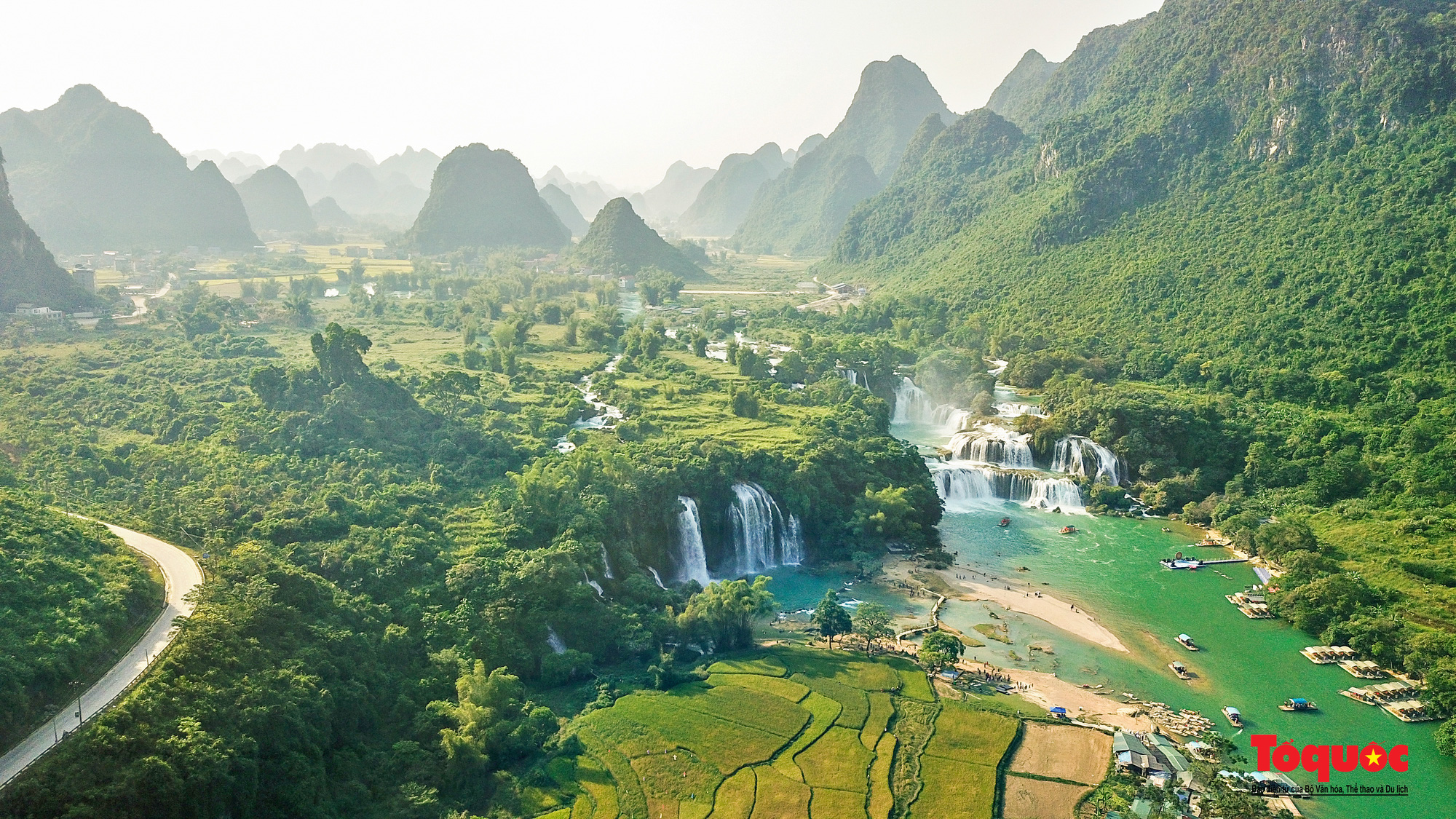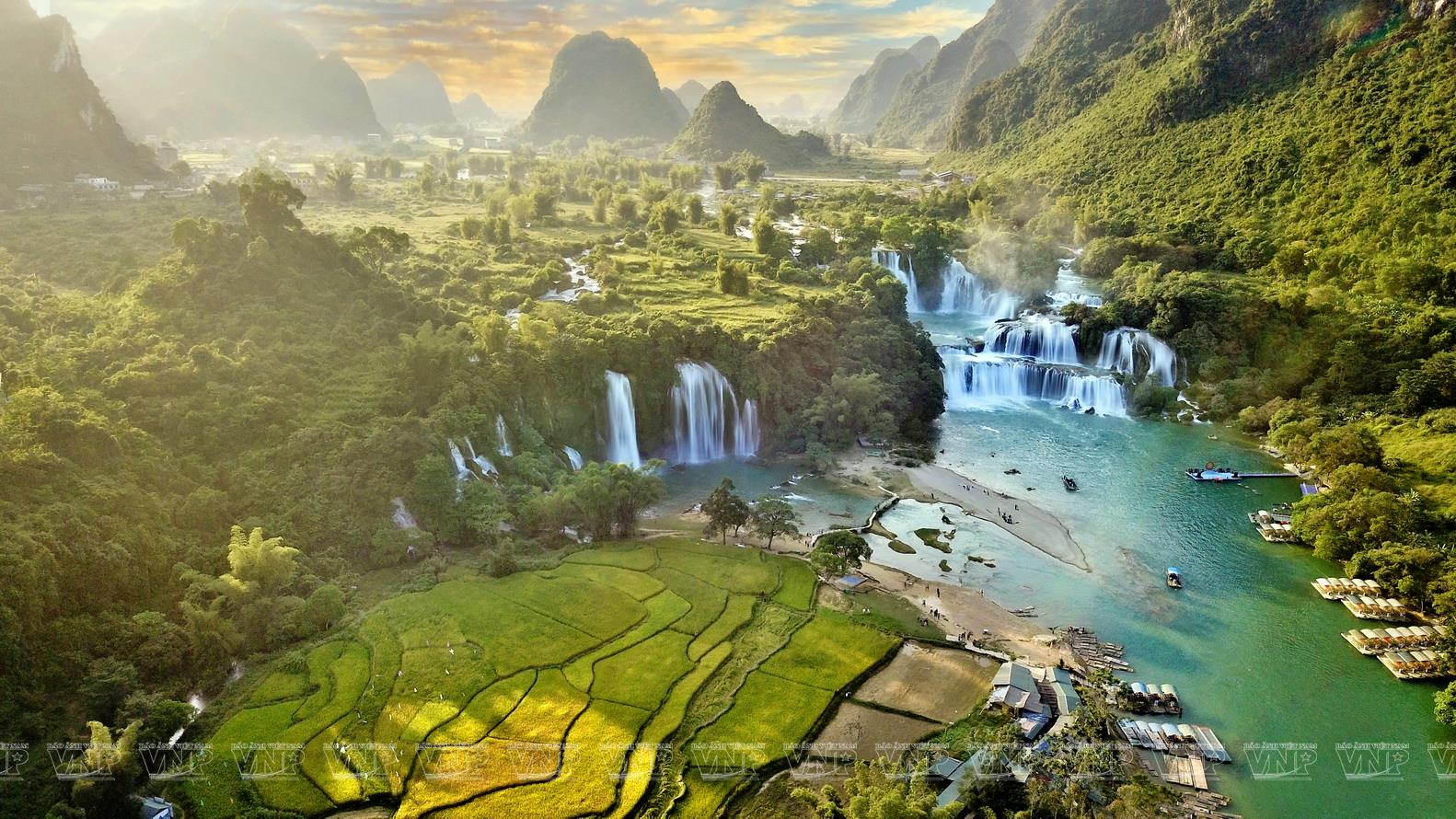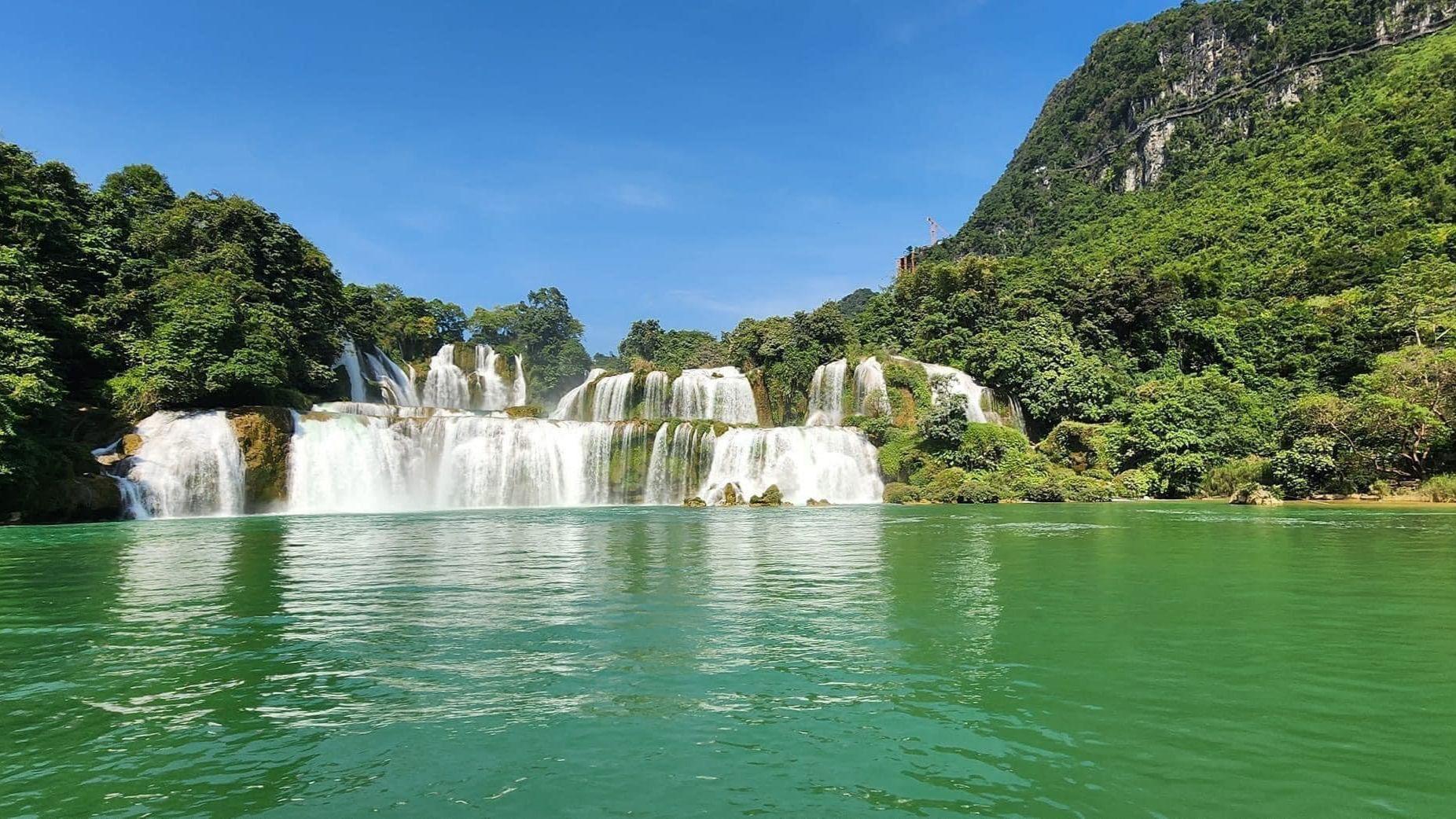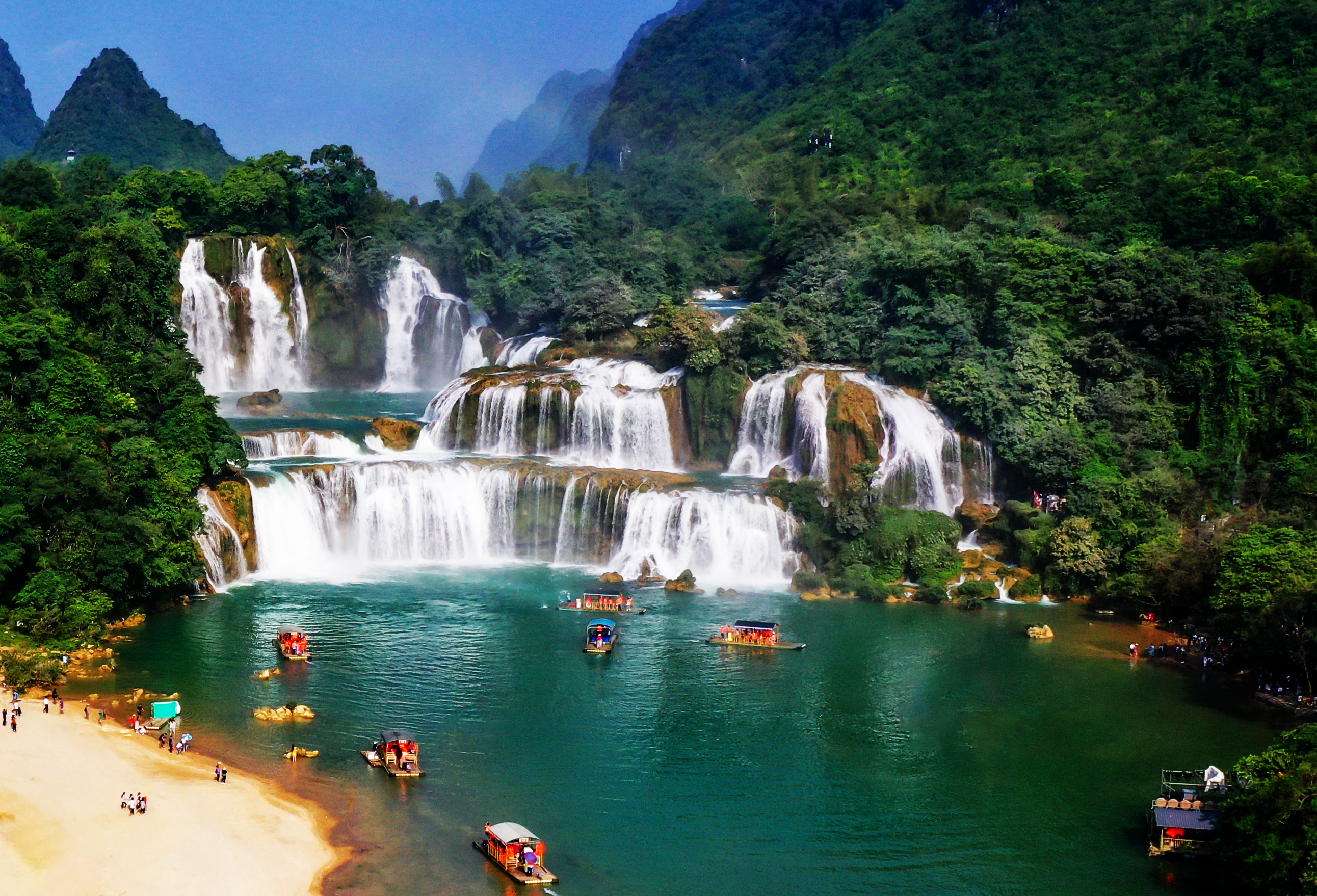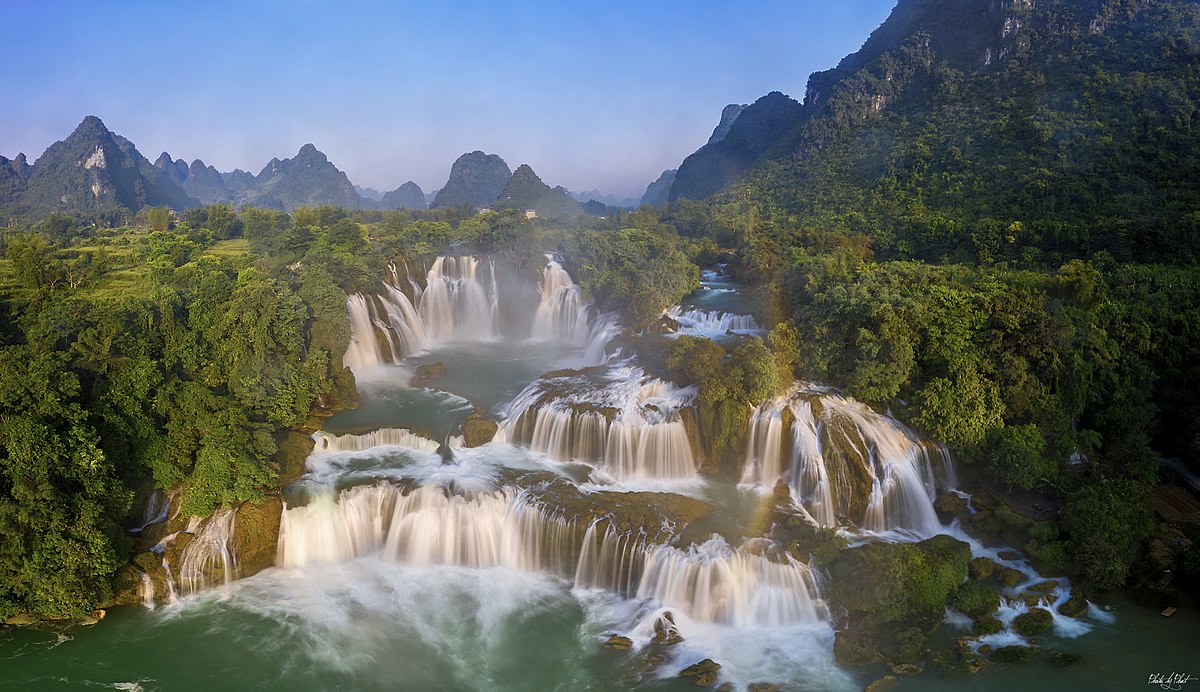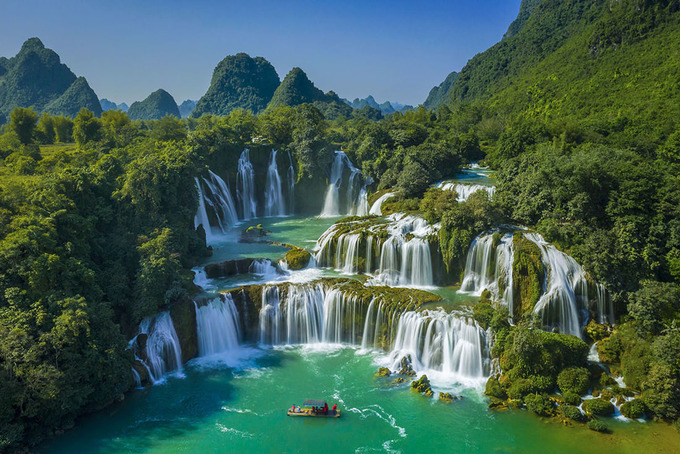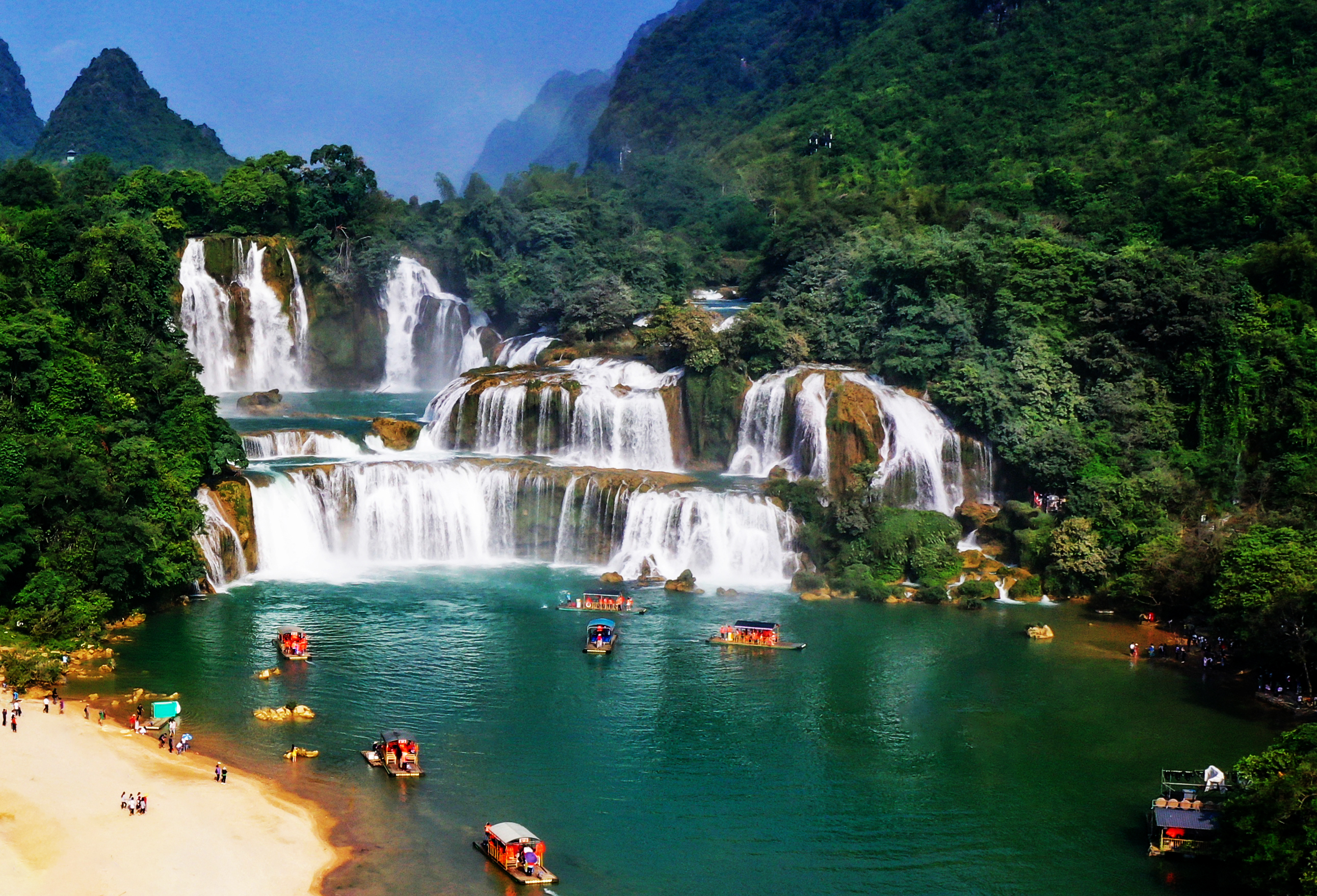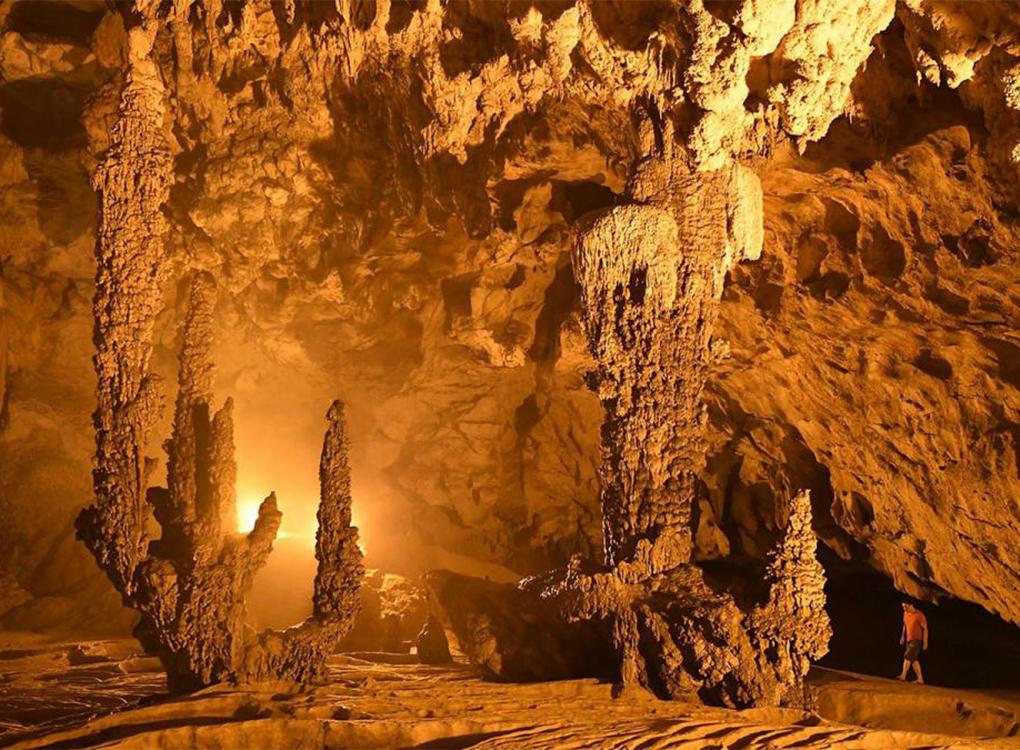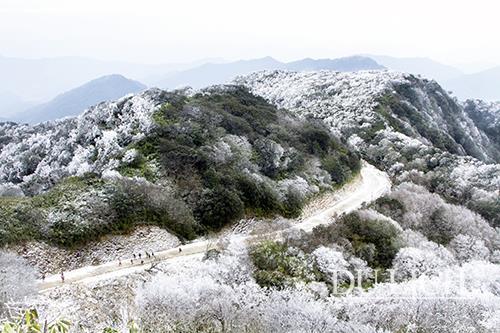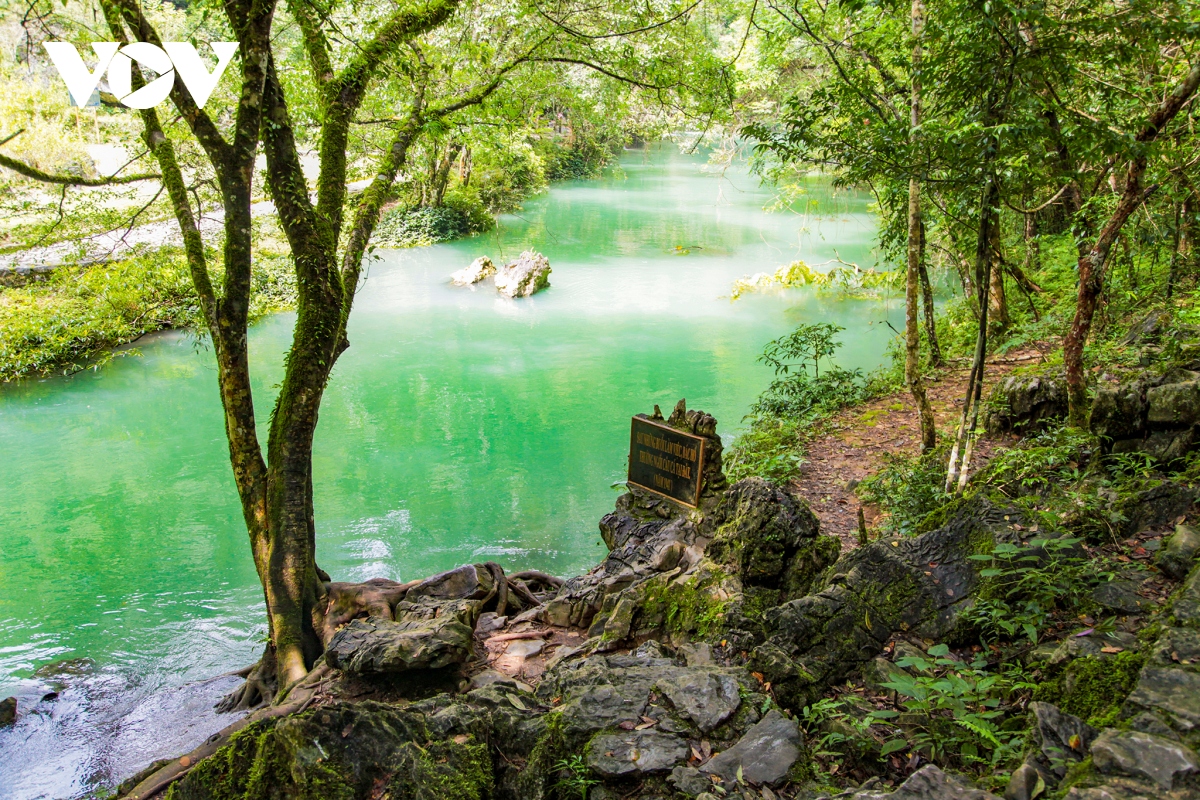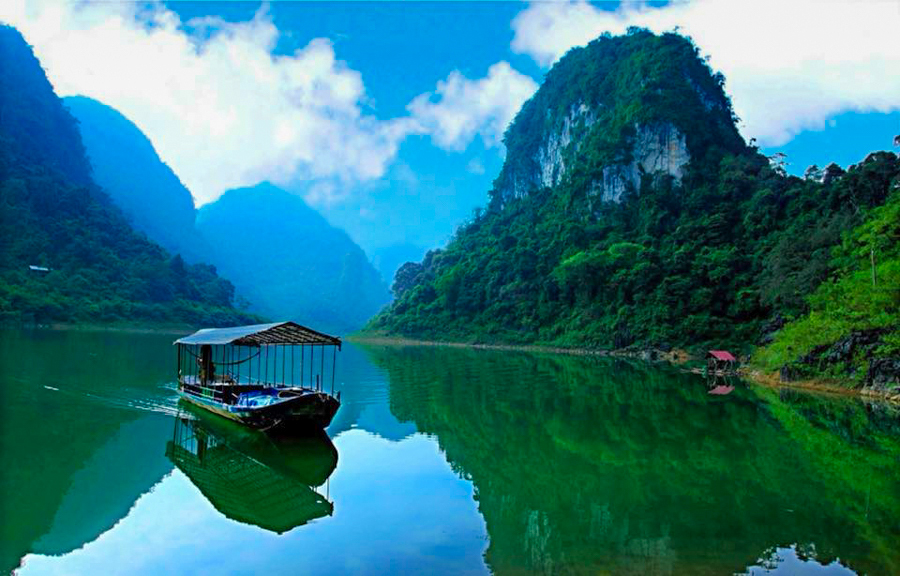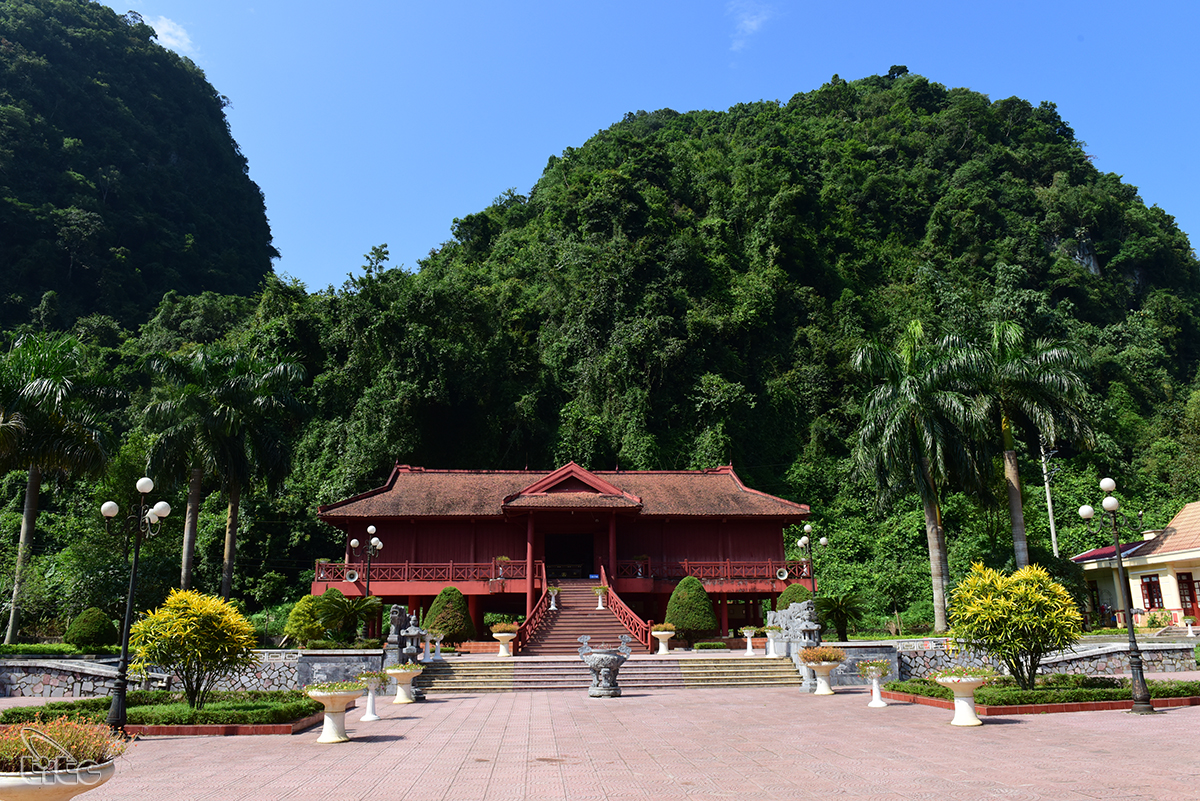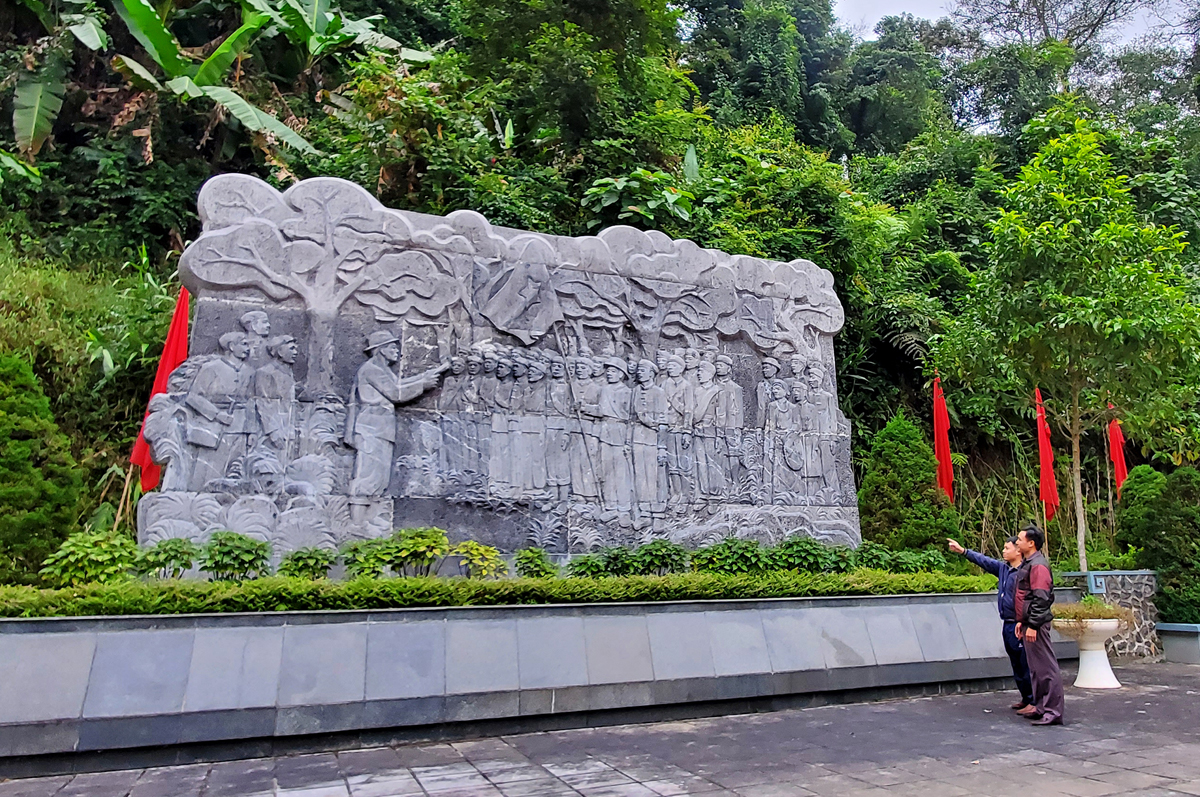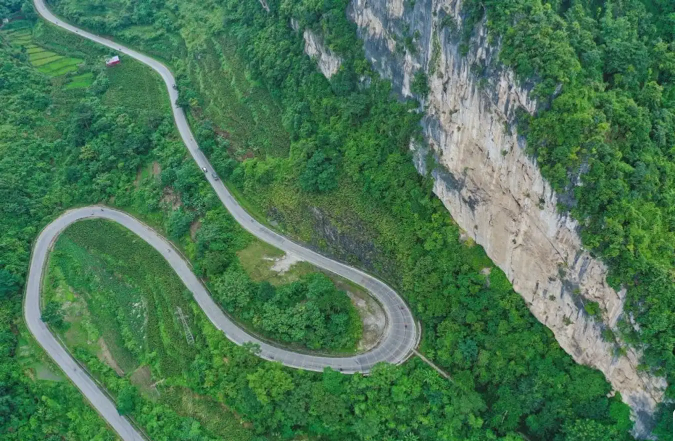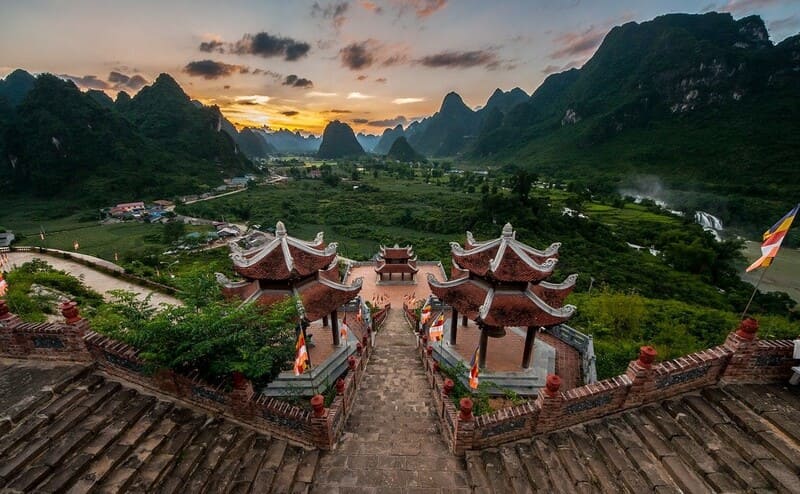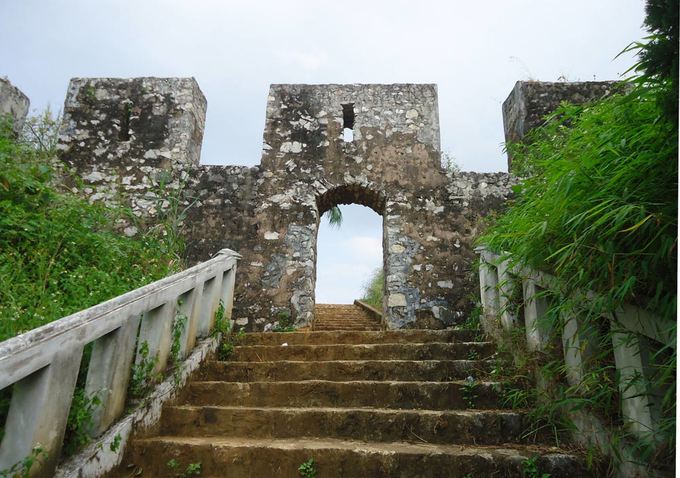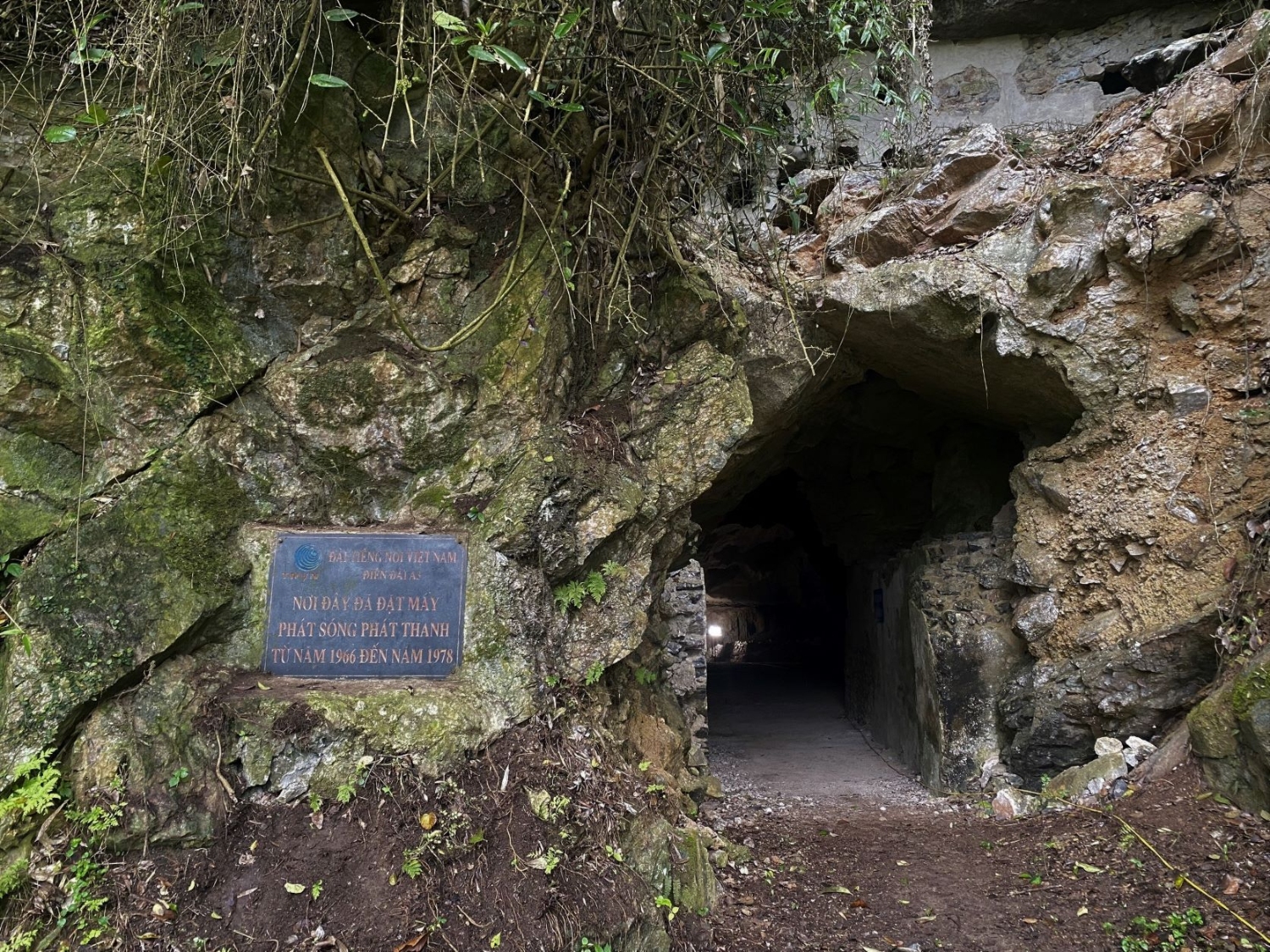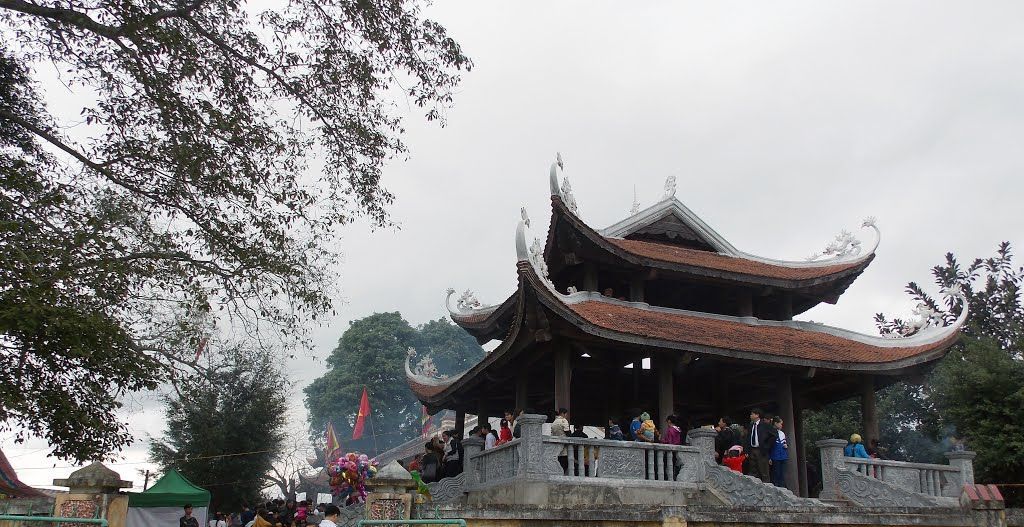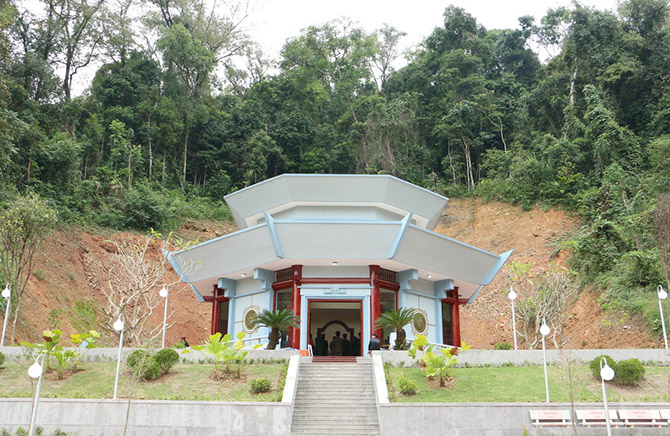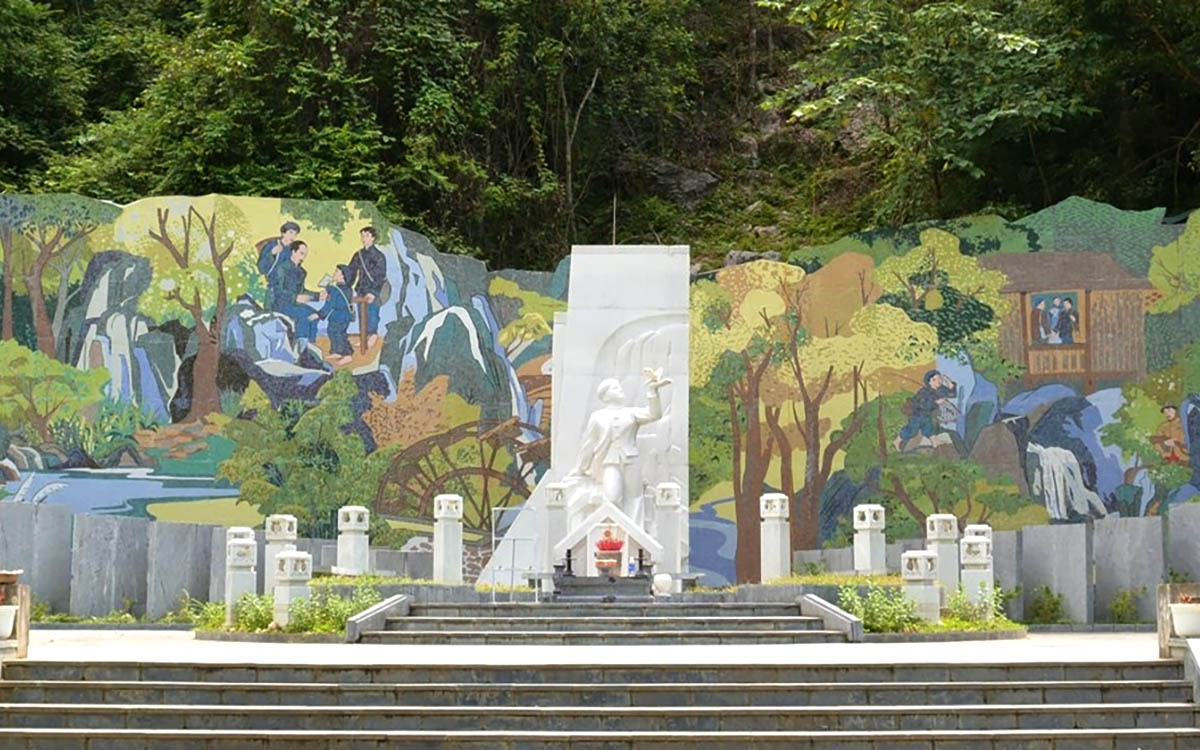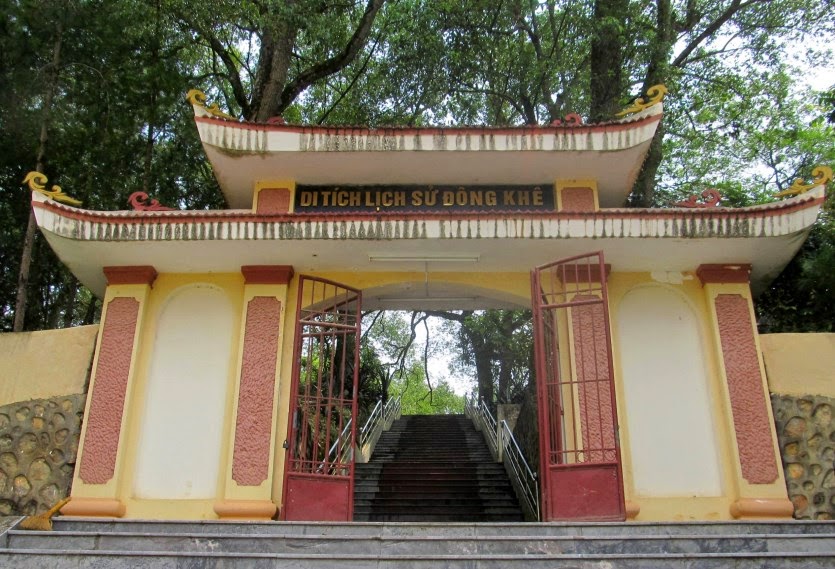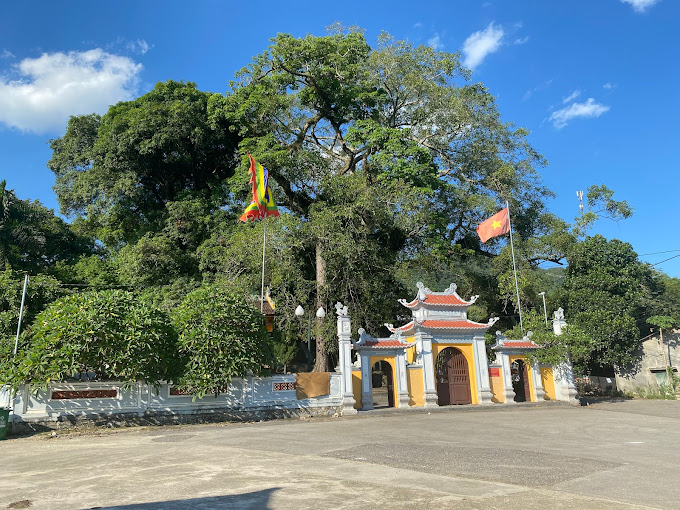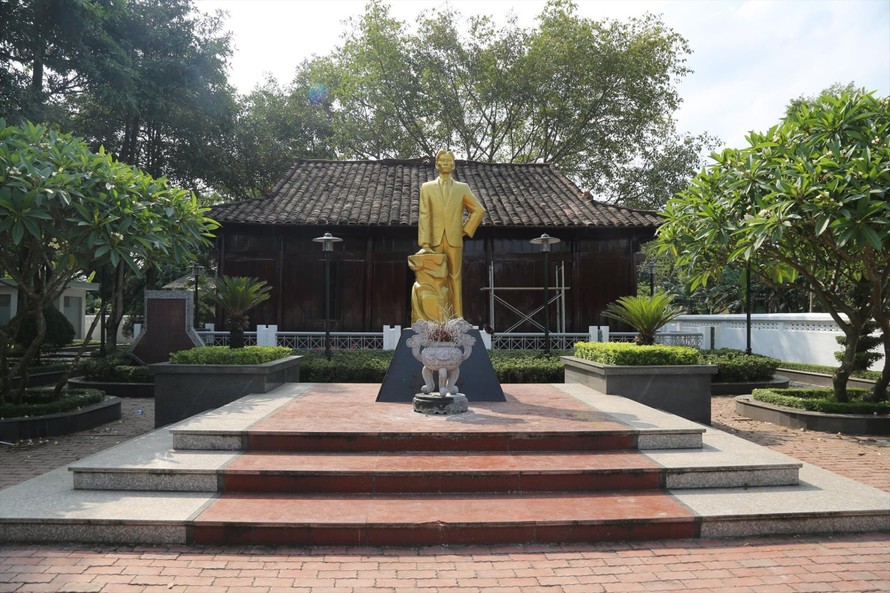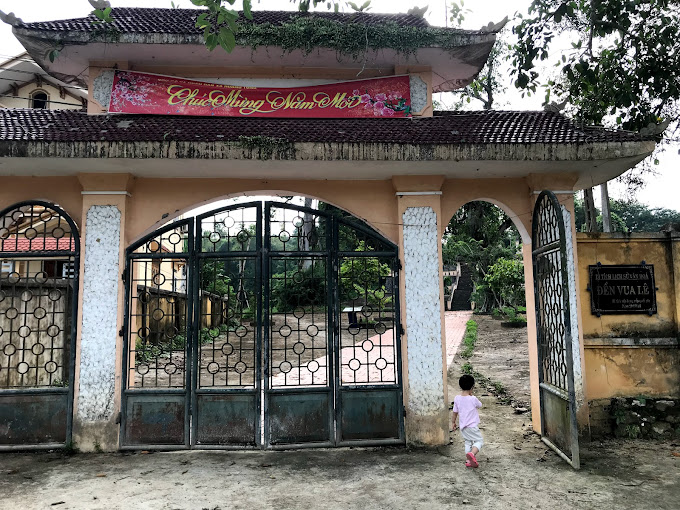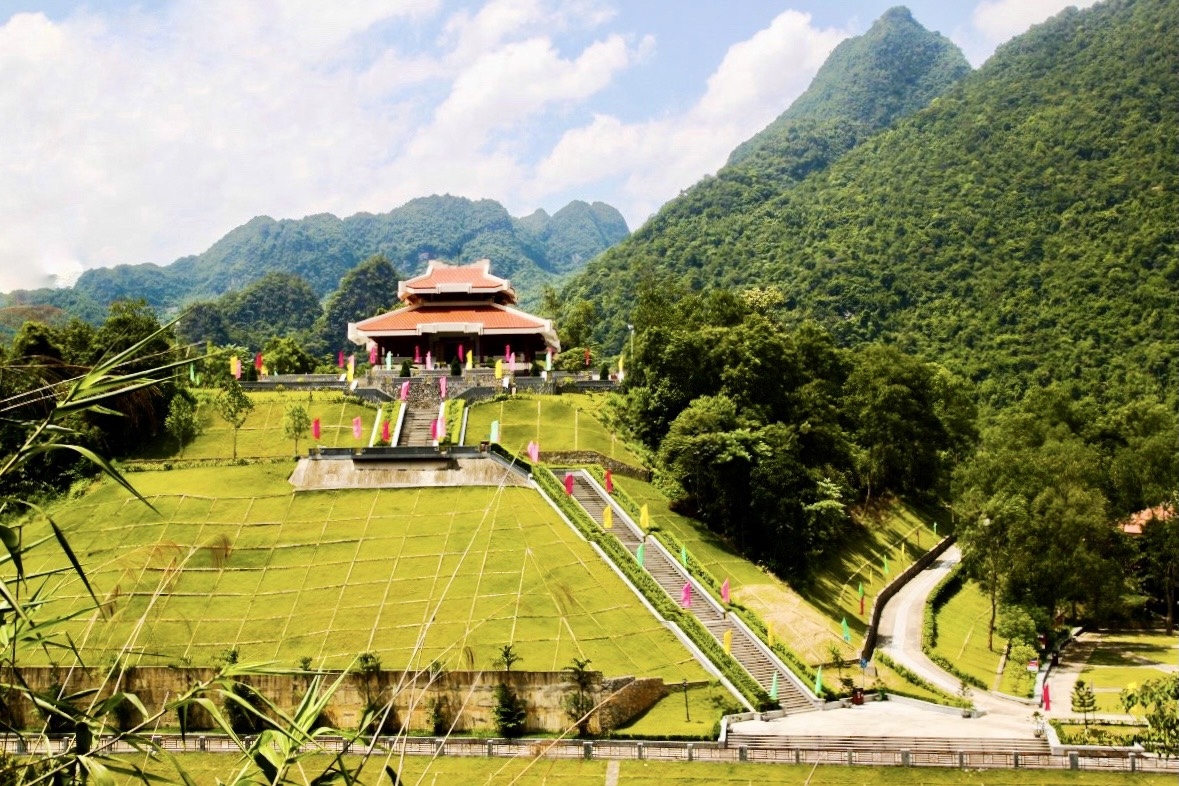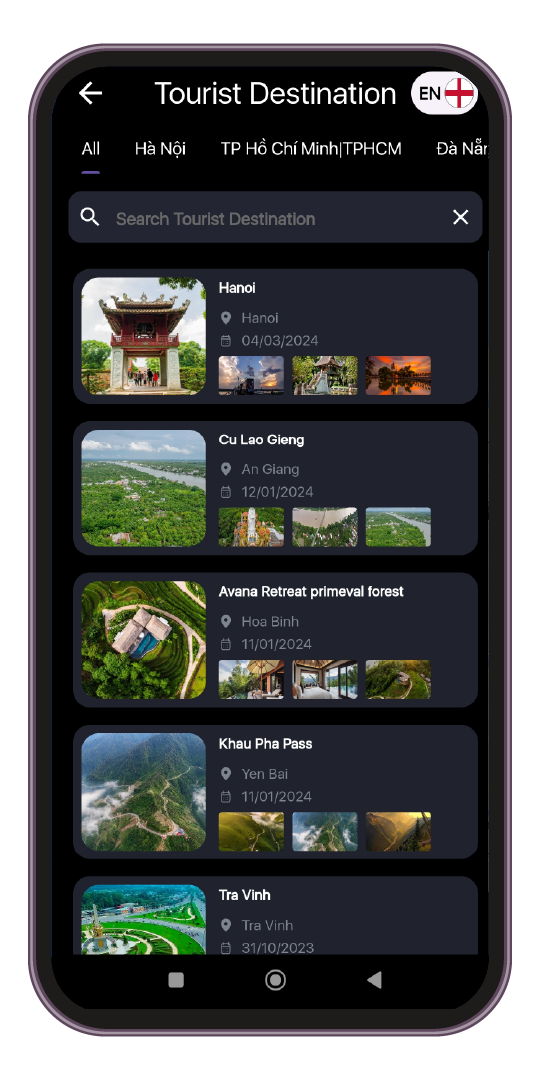Phia Oac - Phia Den National Park is a special forest located in the Non Nuoc Cao Bang park system. This place is recognized by UNESCO as a Global Geopark because of its special geological system with high mountains, many rare minerals and a diverse ecosystem, with many rare flora and fauna species.
The area of Phia Oac - Phia Den national park stretches across the area of 5 communes Thanh Cong, Hung Dao, Quang Thanh, Phan Thanh and Tinh Tuc in Nguyen Binh district, Cao Bang province and about 73km from Cao Bang city center. .
This is a place with beautiful natural scenery, fresh air and especially snow and ice in the winter, so it is ideal for ecotourism development.
Phia Oac - Phia Den is located in a global geopark area, so the terrain here is also very diverse and rich, from sunken valleys like deep basins, winding rivers creating a beautiful scenery. charming poetry to the towering mountain ranges creating a majestic and magnificent scene.
Phia Oac - Phia Den are the names of two high peaks in the national park. Phia Den mountain peak is 1,391m high and Phia Oac mountain peak is 1,931m high, considered the western "roof" of Cao Bang province. In addition, within this national park there are also many other impressive high mountains such as Tam Loang peak 1,446m high, Niot Ti peak 1,574m high.
In addition, Phia Oac - Phia Den National Park also has a diverse and special geological structure with a mixture of terrigenous rocks, limestone and granite creating many rare minerals such as silver, gold, tin, tungsten...
This place is divided into 3 main areas: strict protection area, ecological restoration area and administrative service area, with diverse vegetation such as subtropical monsoon forests, closed evergreen humid tropical forests. tropical forest and a typical primary forest type of Northern Vietnam, which is dwarf forest, also known as moss forest.
Within the Phia Oac - Phia Den National Park, there are up to 1,287 diverse plant species, including up to 90 rare and endangered plant species, which are recorded in the Vietnam Red Book as ironwood. rocky mountains, incense sticks, honeycombs, pa co pines, flower slices and gnats...
Furthermore, on Phia Oac mountain there are many precious medicinal herbs of Vietnam such as Heptaphyllum flower, Cordyceps sinensis, mountain ginseng...
Not only diverse in flora, Phia Oac - Phia Den also has a rich animal ecosystem with 496 different species of vertebrates and thousands of species of invertebrates and insects...
In particular, there are up to 58 species in this ecological forest that belong to the group of rare animals, including 30 types of mammals listed in the Vietnam Red Book, 12 species of reptiles, of which 12 species are extremely rare and need to be protected. conserve.
This is an extremely rare resource with high economic value and conservation value. Therefore, in addition to beautiful natural scenery, Phia Oac - Phia Den National Park is also a conservation area that Cao Bang province and the government pay attention to.
It can be said that nature has been extremely kind when giving Phia Oac - Phia Den National Park a fresh and cool atmosphere throughout the four seasons. The blend of deep green vegetation with rolling mountains and lazily flying white clouds creates a poetic natural scene, as beautiful as a fairyland.
On clear days, standing on the top of Phia Oac mountain, visitors can see the majestic mountain scenery. In particular, with its cool climate, low average temperature, and high humidity, Phia Oac - Phia Den National Park is like a paradise of flowers with brilliant colors, wild and enchanting beauty. or, praised by many tourists as the "sleeping fairy" of the Northeast mountains and forests.
Scattered around Phia Oac - Phia Den National Park are villages, streams, hillsides, terraced fields grown by ethnic minorities, fields of corn, cassava, vast tea forests... create beautiful natural paintings full of vitality.
Furthermore, Phia Oac - Phia Den National Park still has traces of ancient villas or European-style motels left by ancient French civil servants, so you can visit European architectural works. here too.
In addition, visitors can visit other tourist destinations such as the Khay Phat fort relic, the beeswax printed brocade weaving village of the Dao Tien ethnic group, Tinh Tuc mine, Kolia tea hills, salmon farms, etc. ..
Although each time this place has its own unique flavor with poetic and majestic scenery, the most attractive tourist attractions are still spring and winter.
When spring comes, Phia Oac - Phia Den National Park seems to be transformed into a brilliant new outfit with countless wild flowers blooming. From the seductive red of azalea flowers to the fresh jade green of hydrangeas or the dreamy purple, white, and yellow of wild orchids.
In particular, the cool climate and high humidity of this place seem to energize the flowers to bloom bigger, brighter, and the fragrance emitted is also passionate and ecstatic, making everyone forget the way home. .
In the coming winter, when the temperature begins to drop, the Phia Oac - Phia Den mountains are immersed in a beautiful white color like the European sky. Frost covers the top of the mountain, white mist hovers around, making visitors feel like they are lost in a fairyland.
Cao Bang
1959
view
From January to December


 vn
vn en
en ja
ja ko
ko zh
zh


















